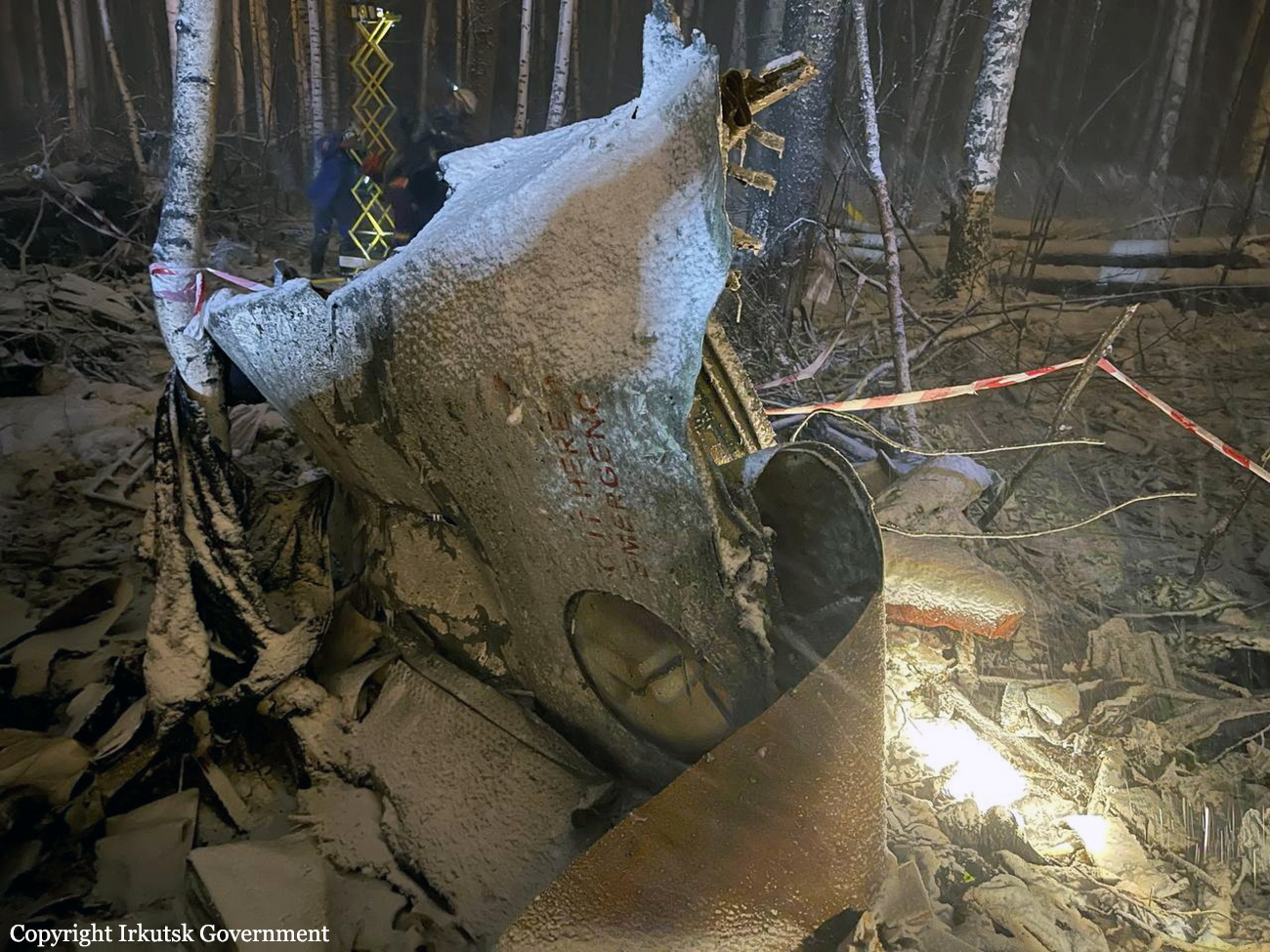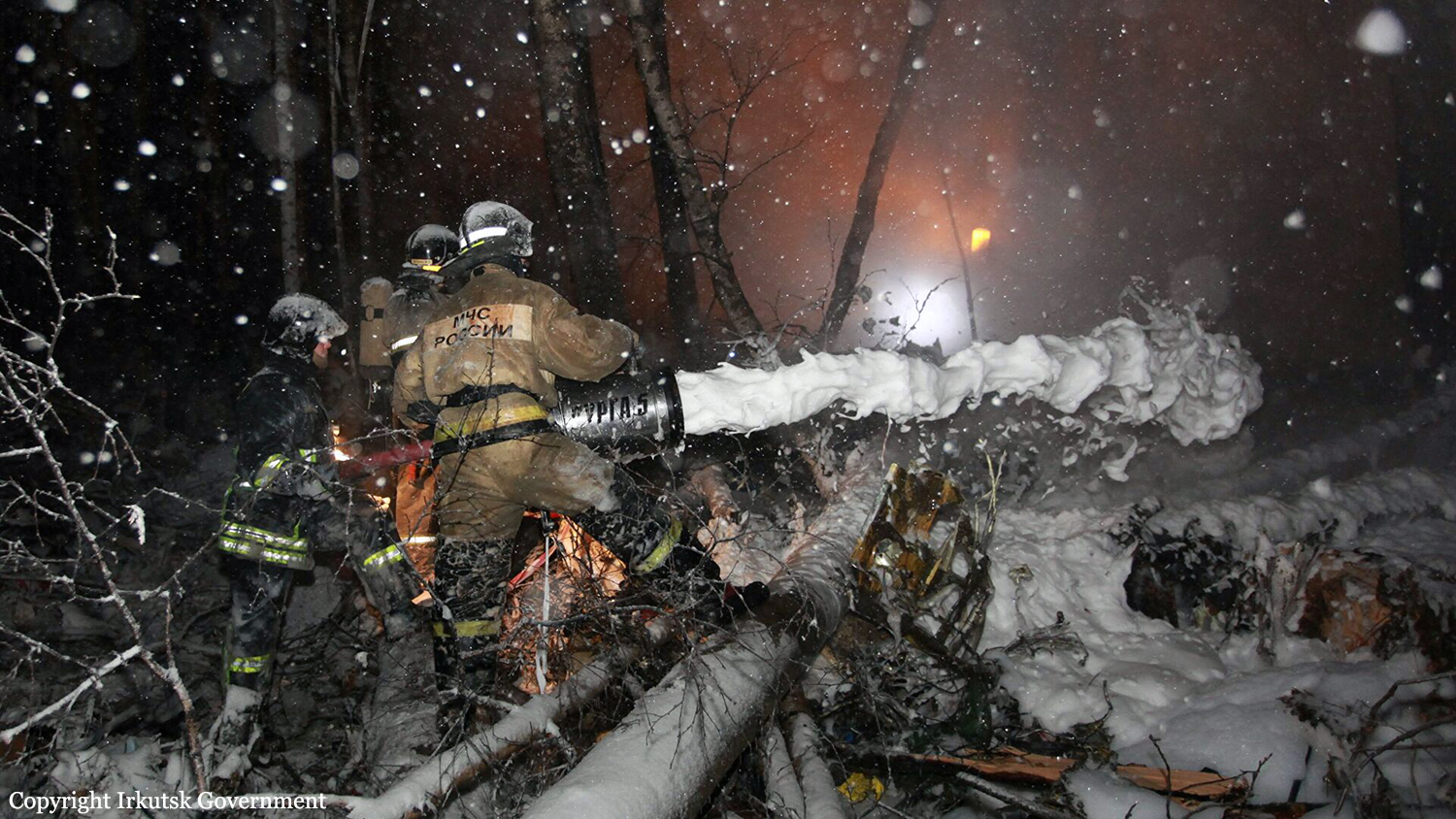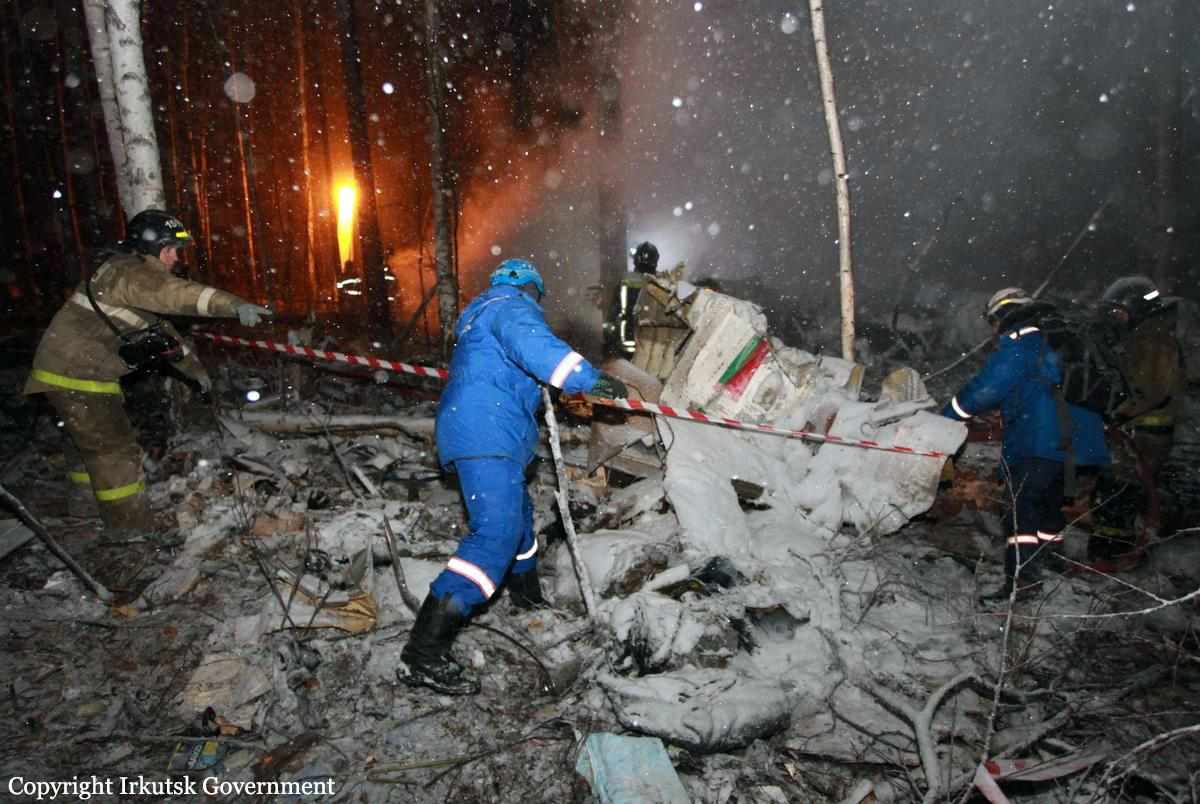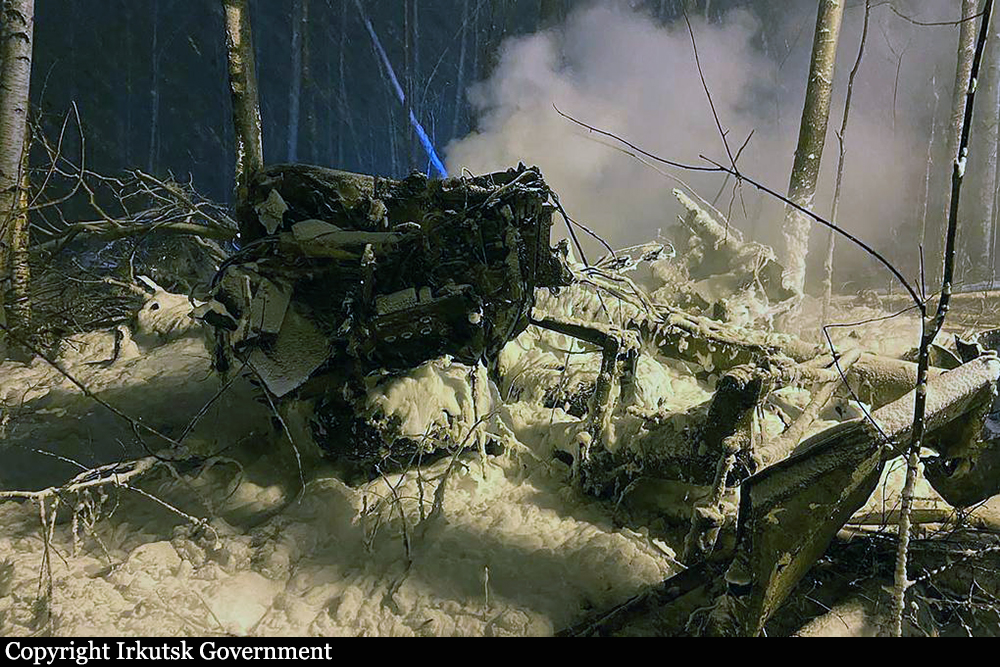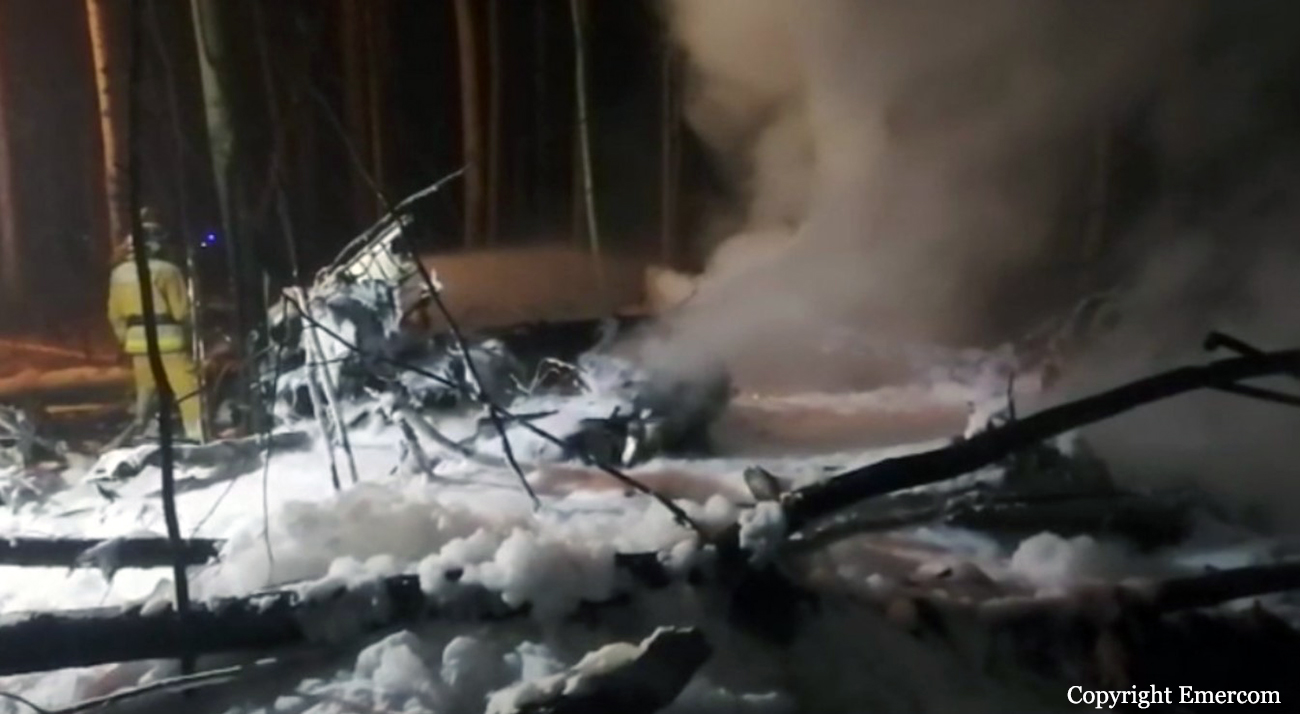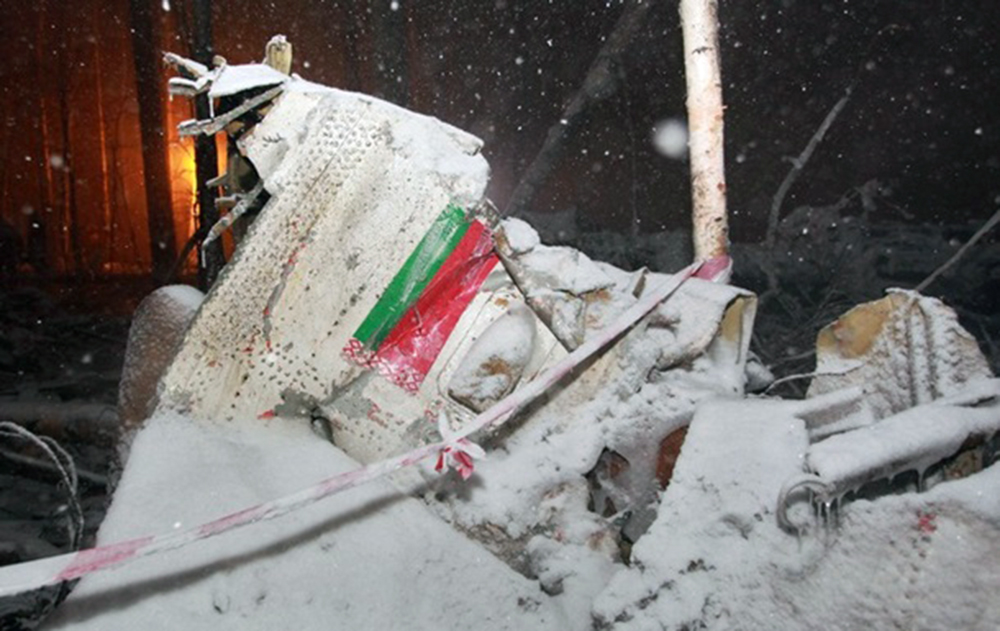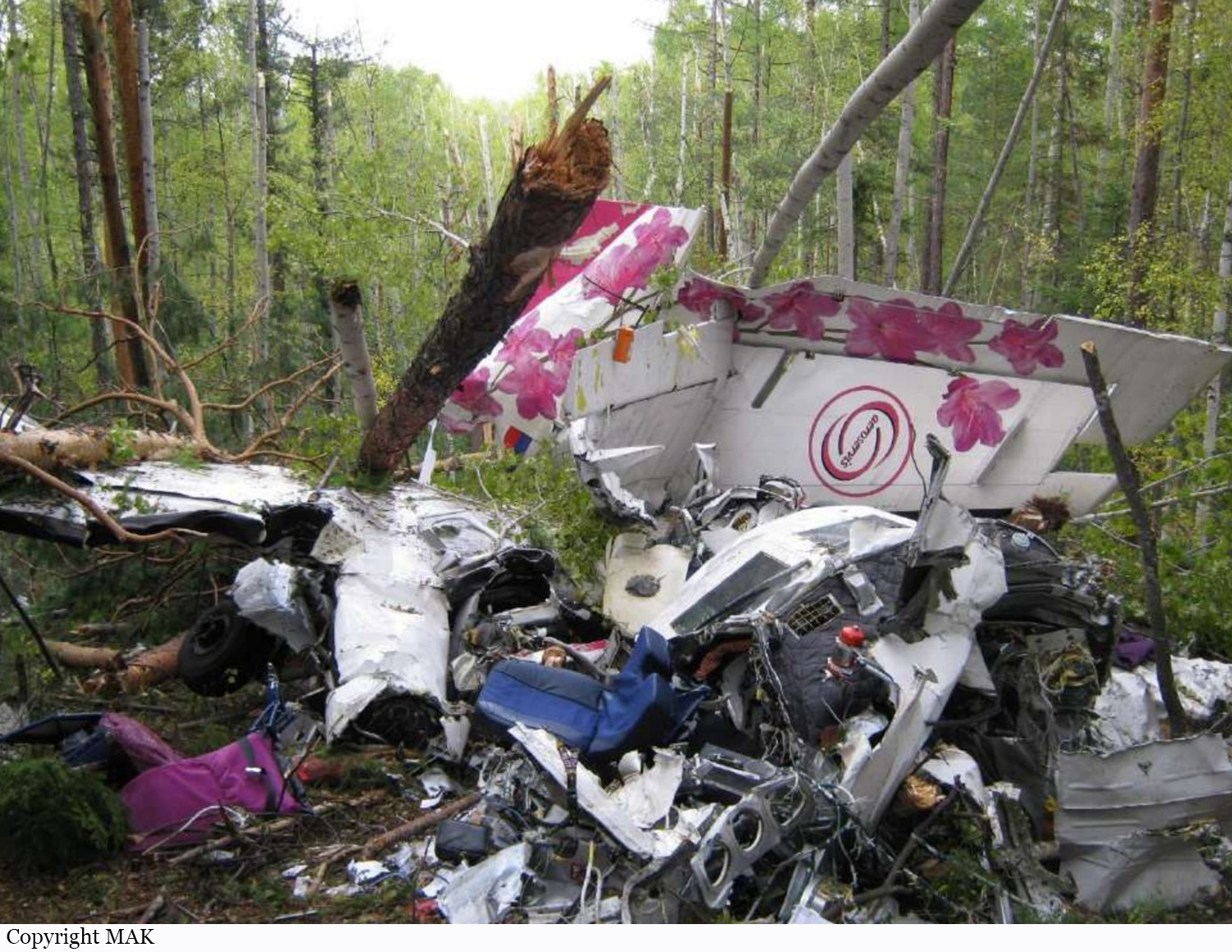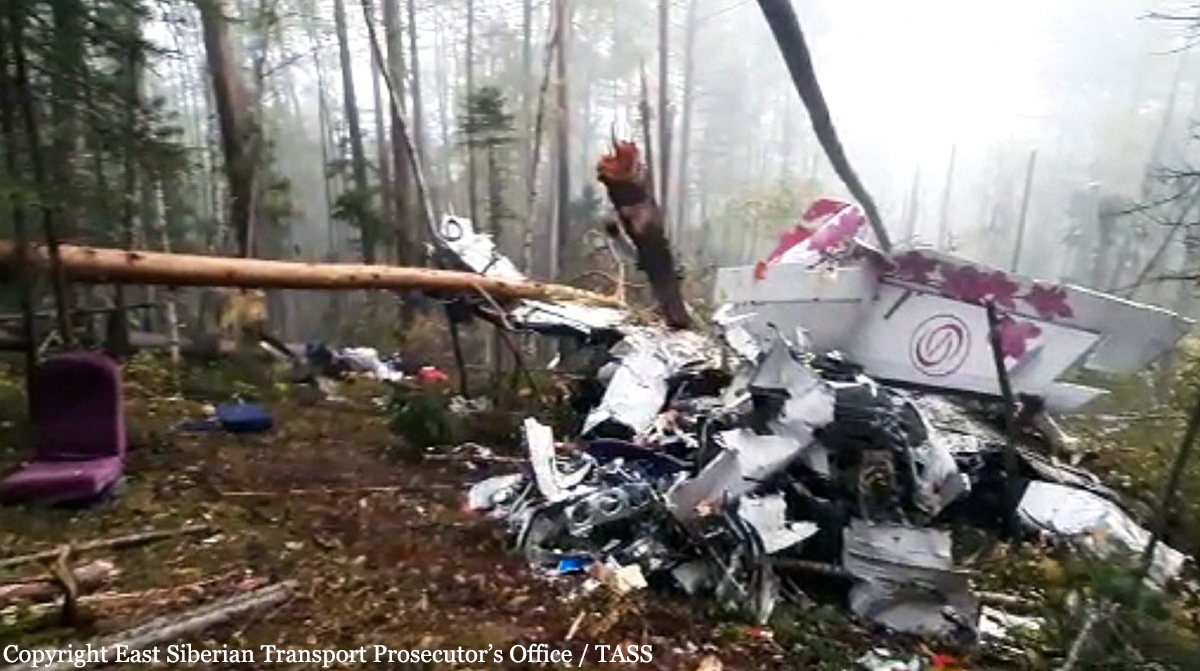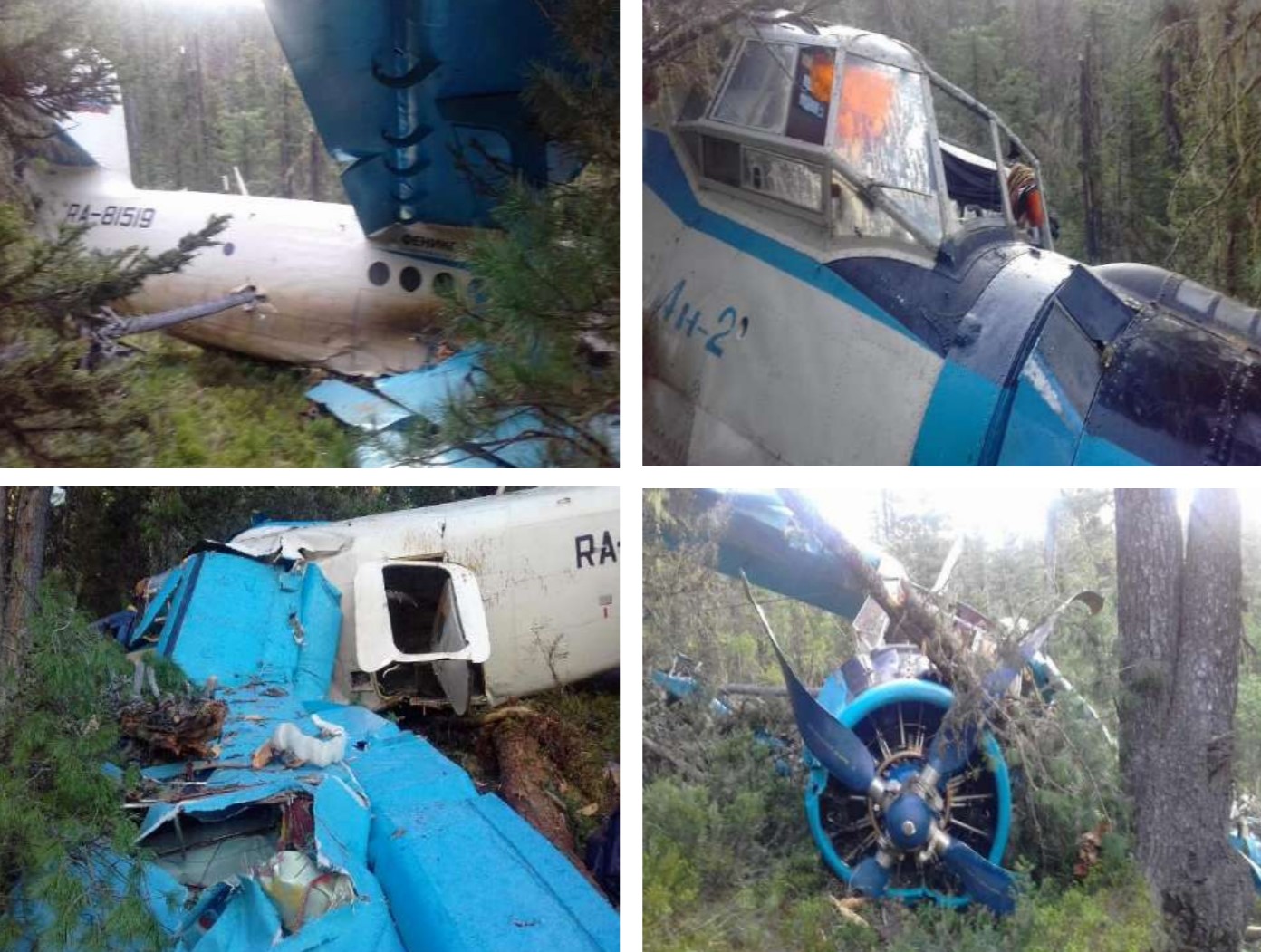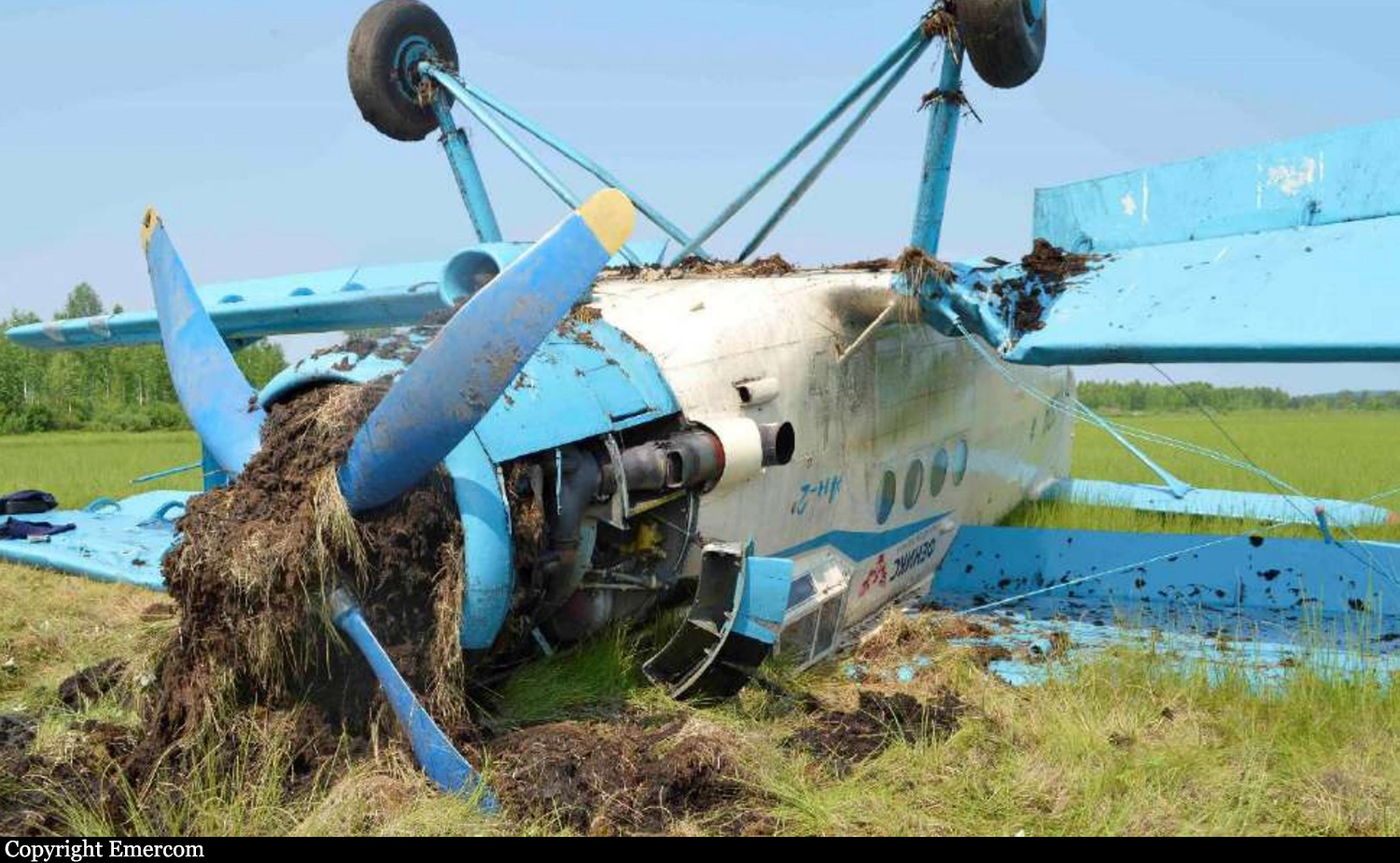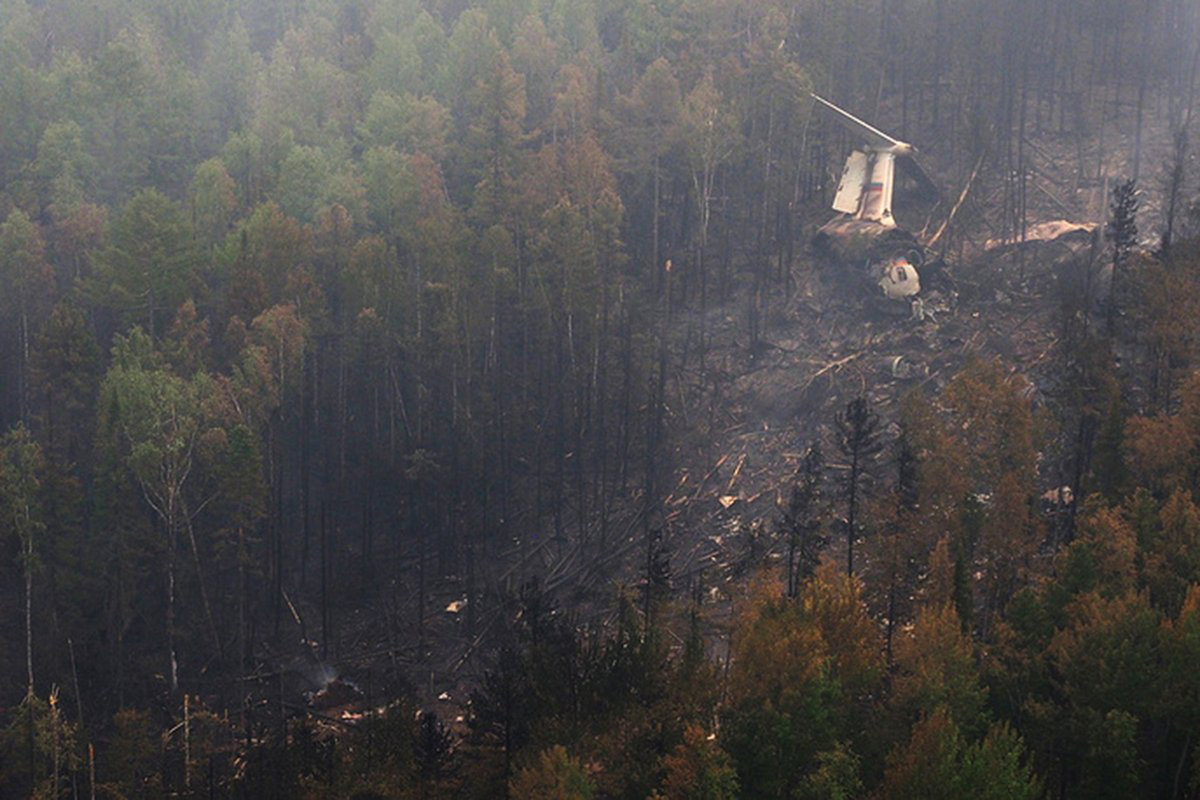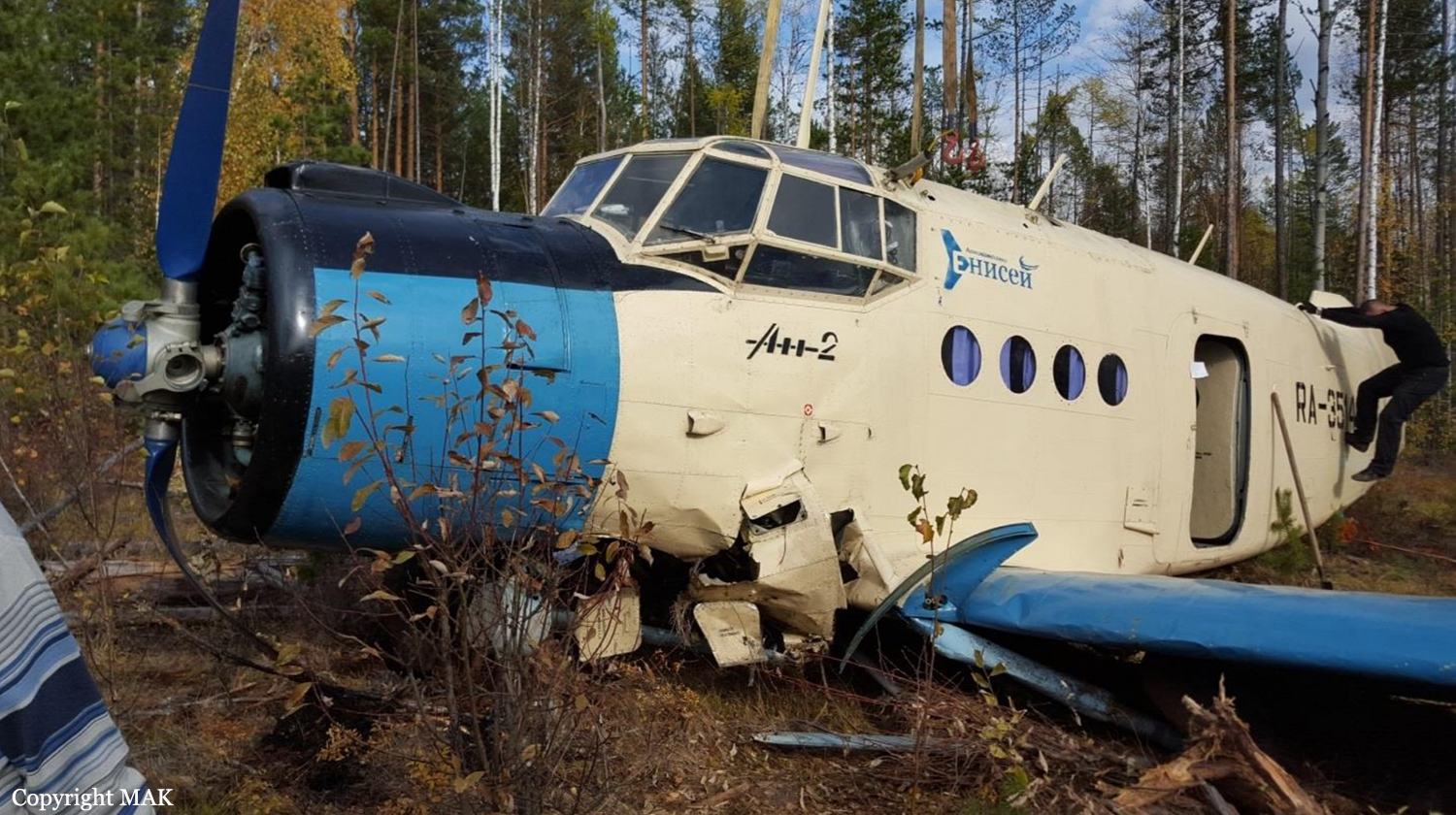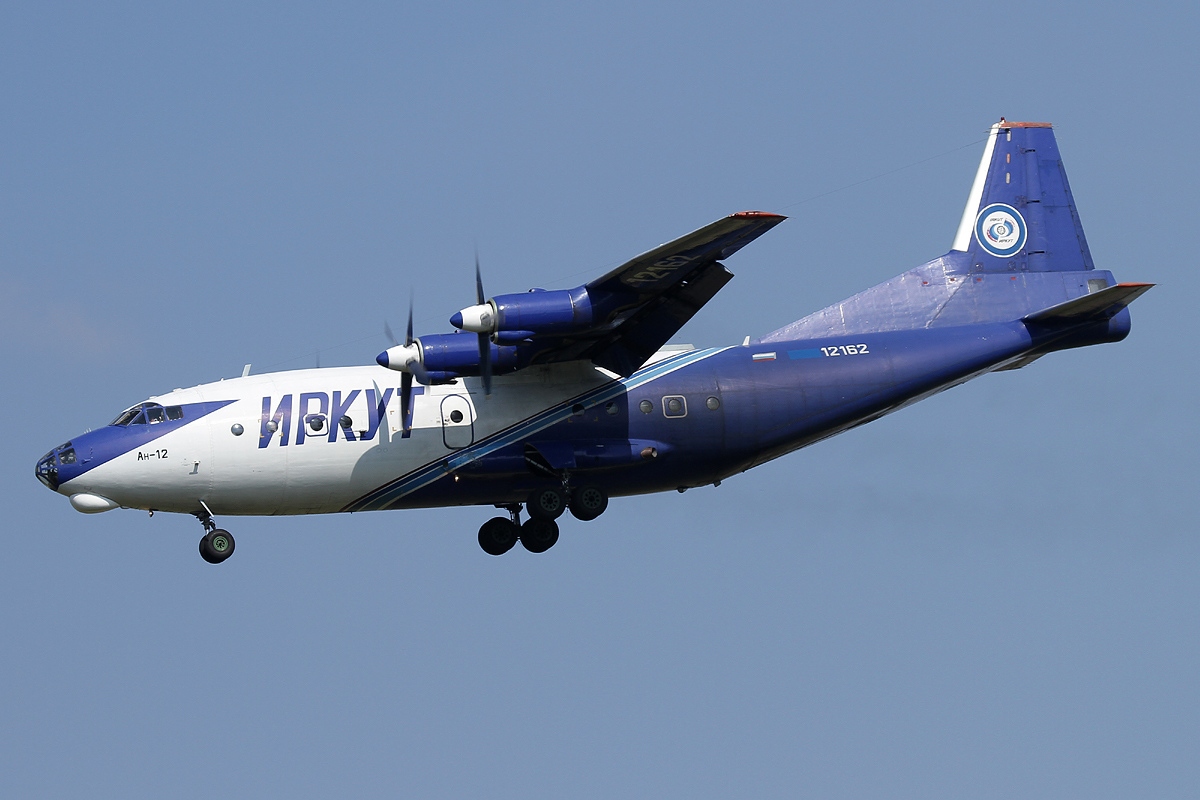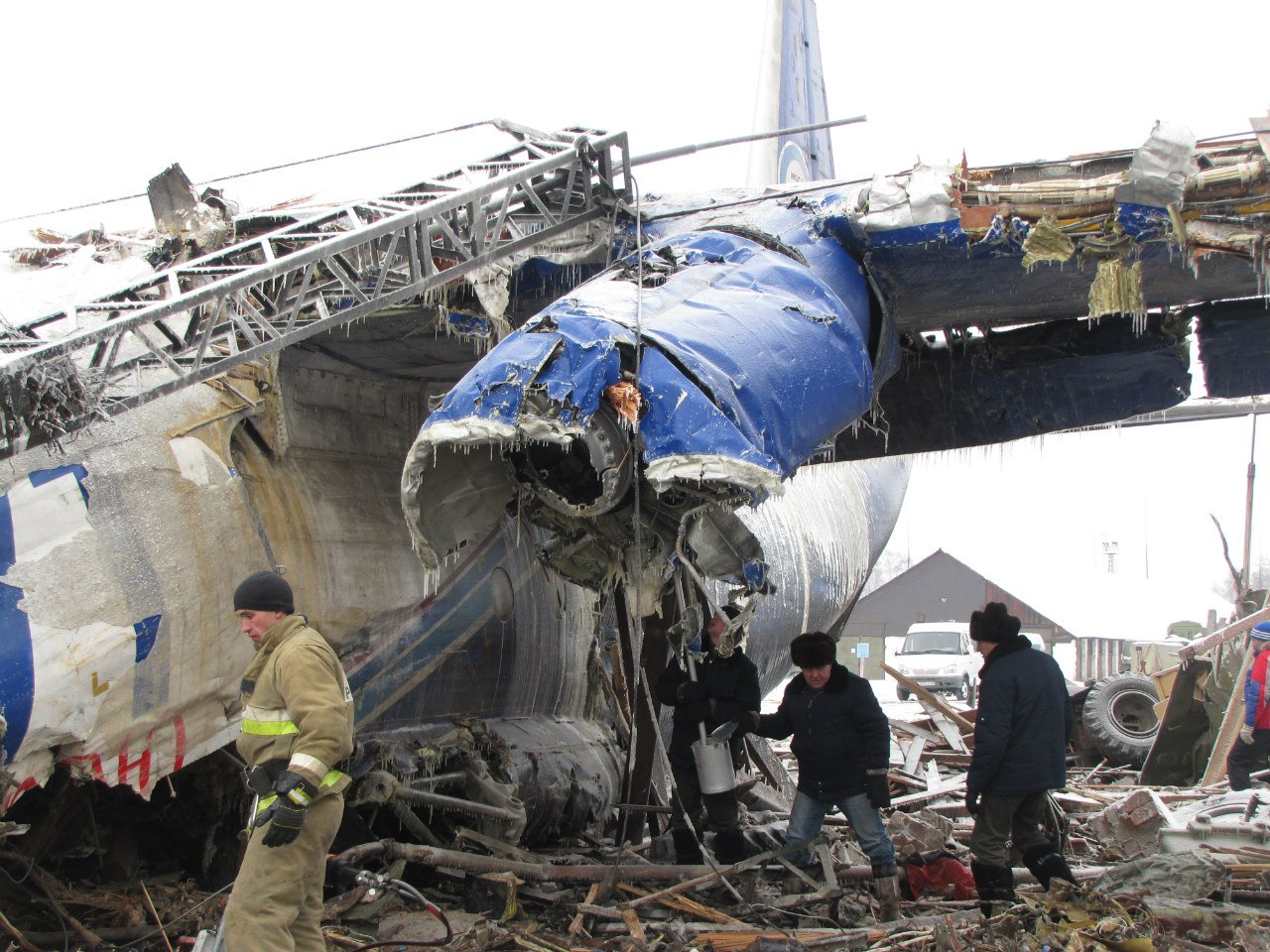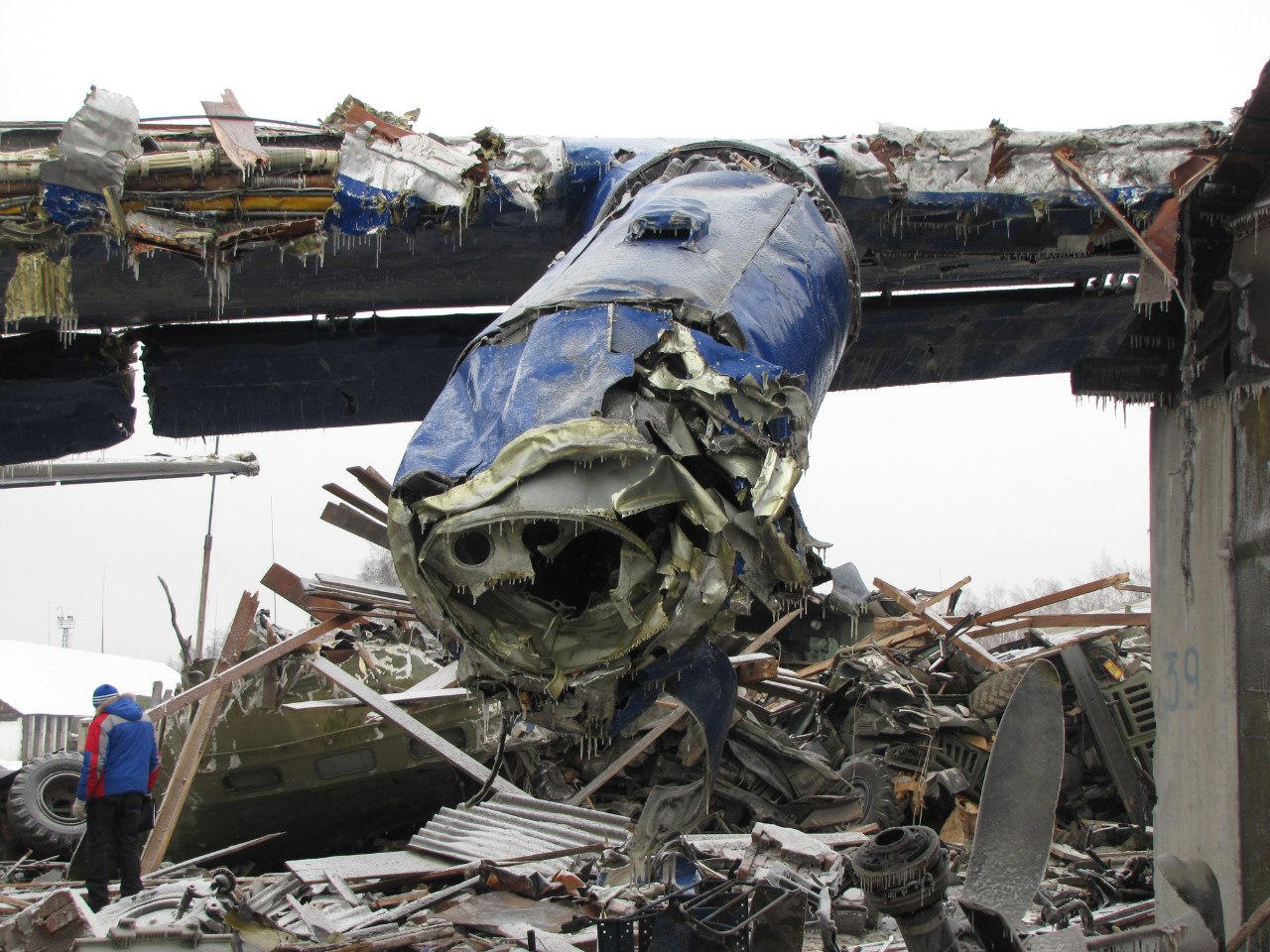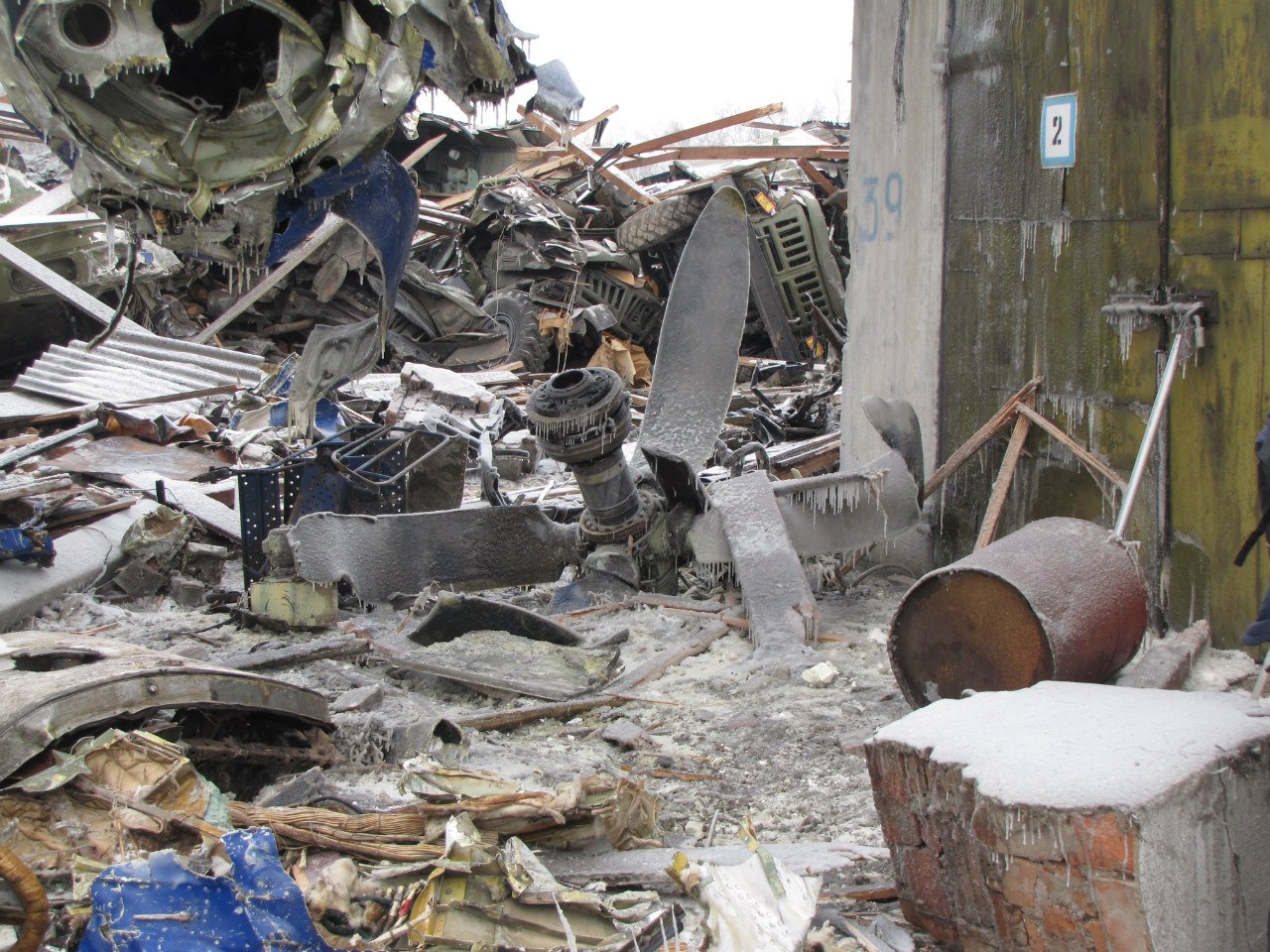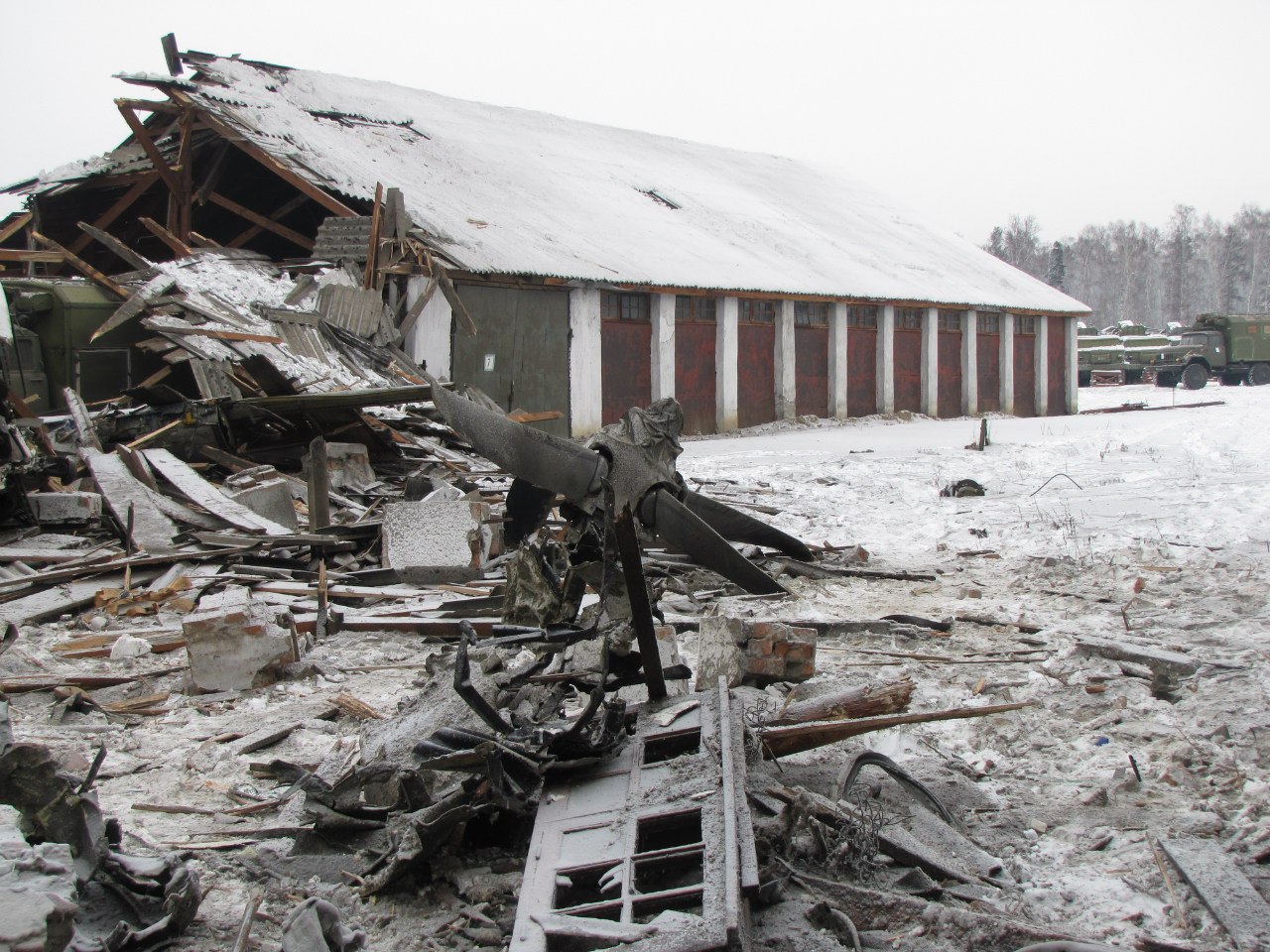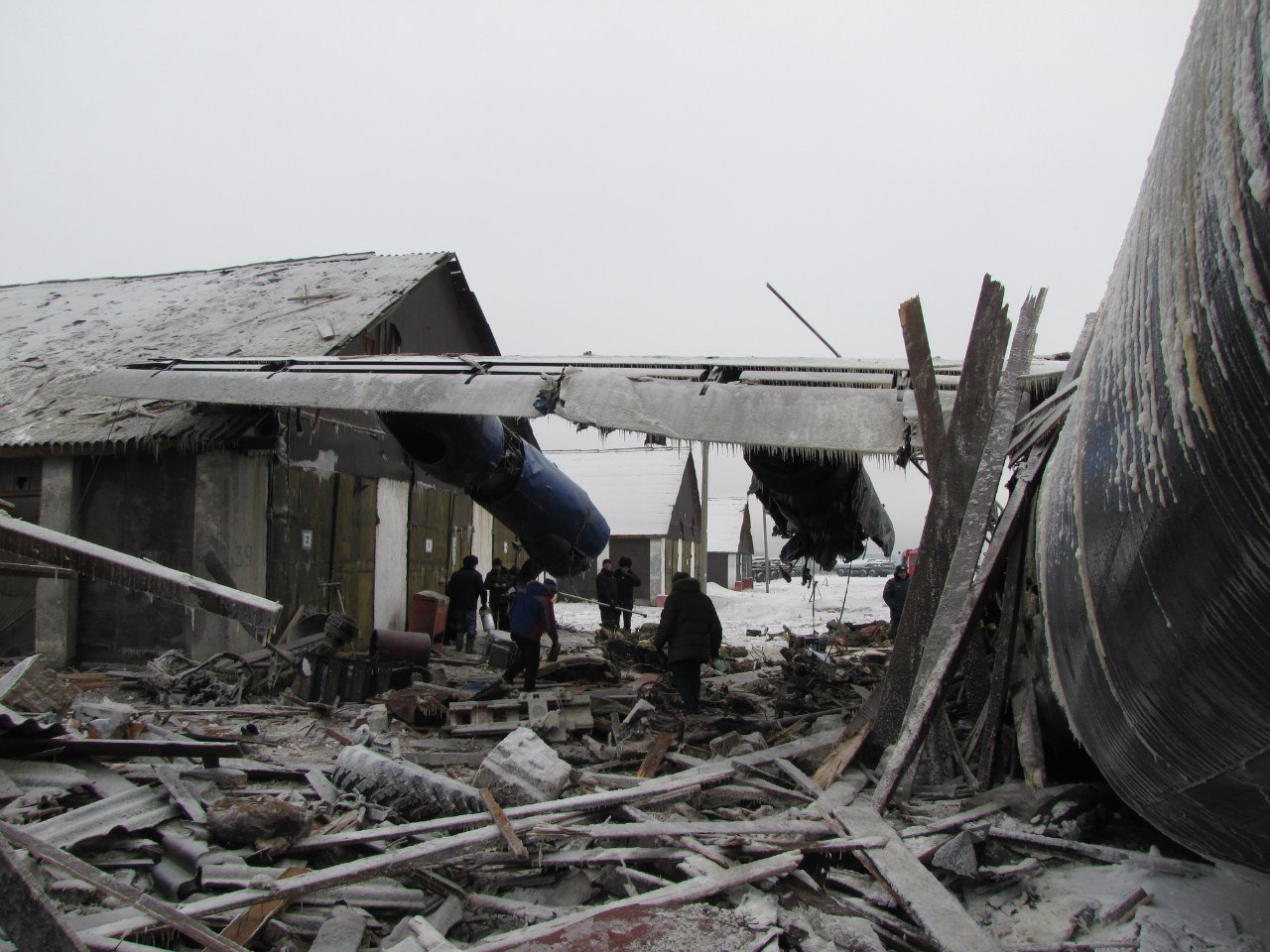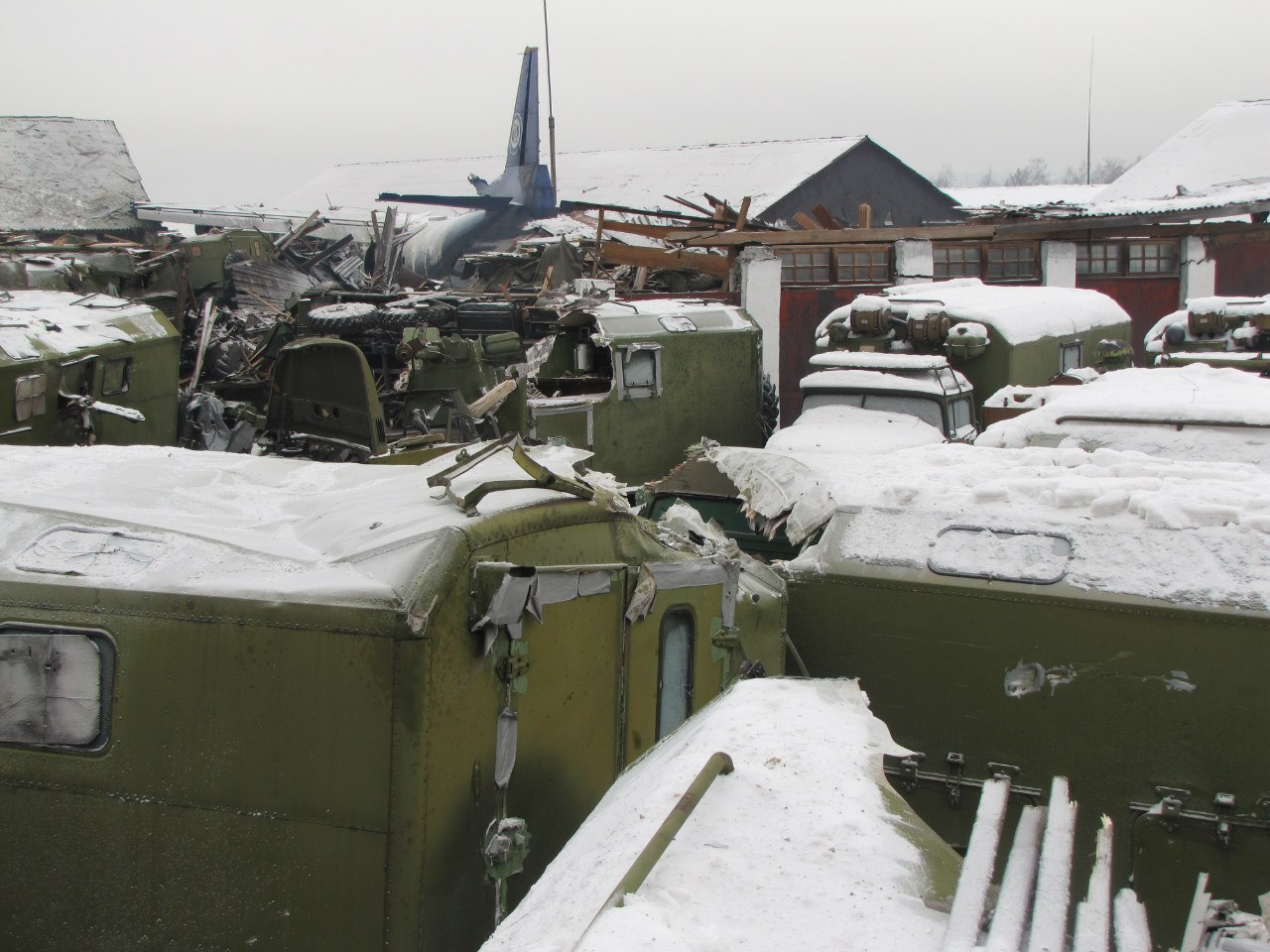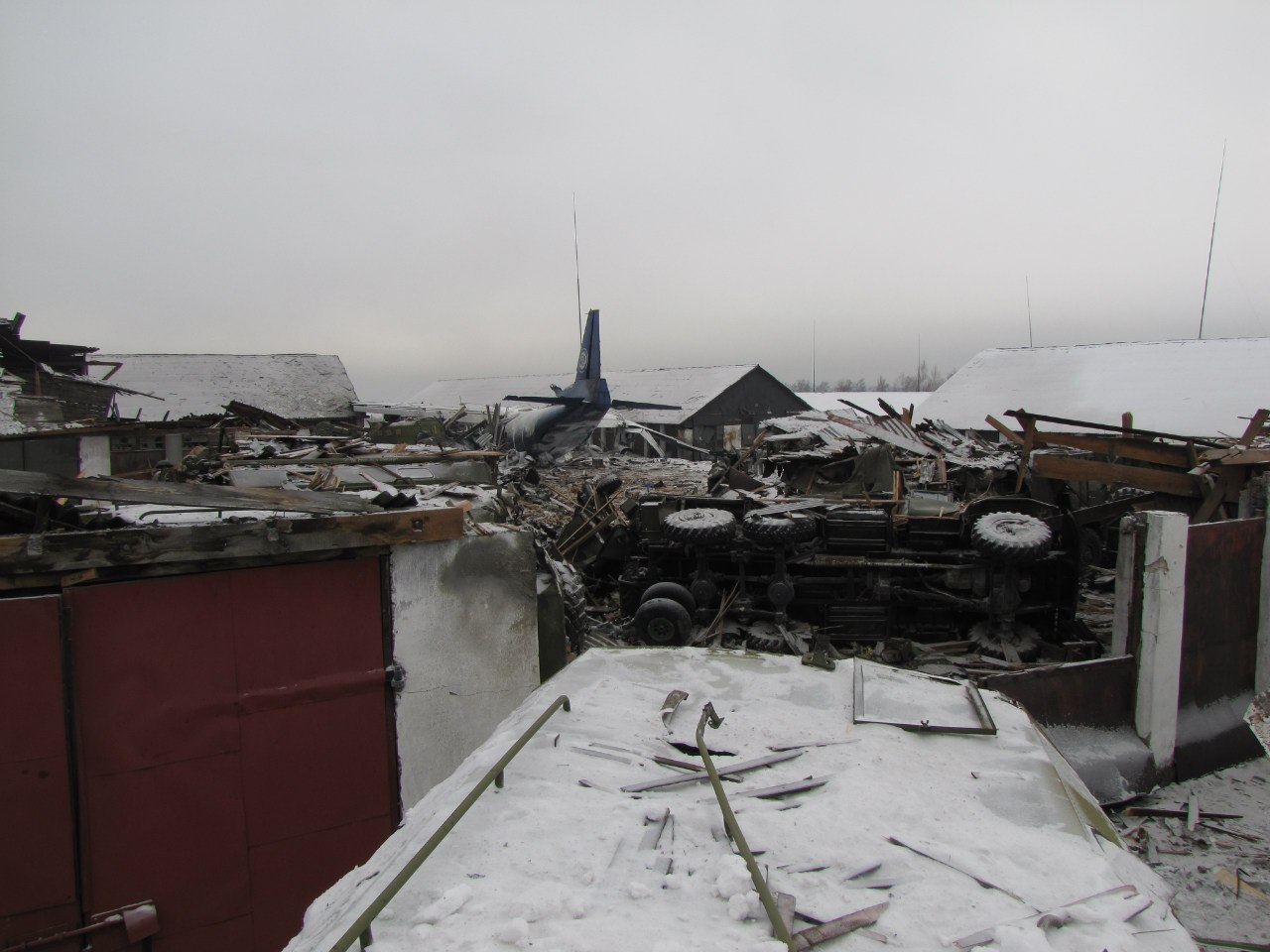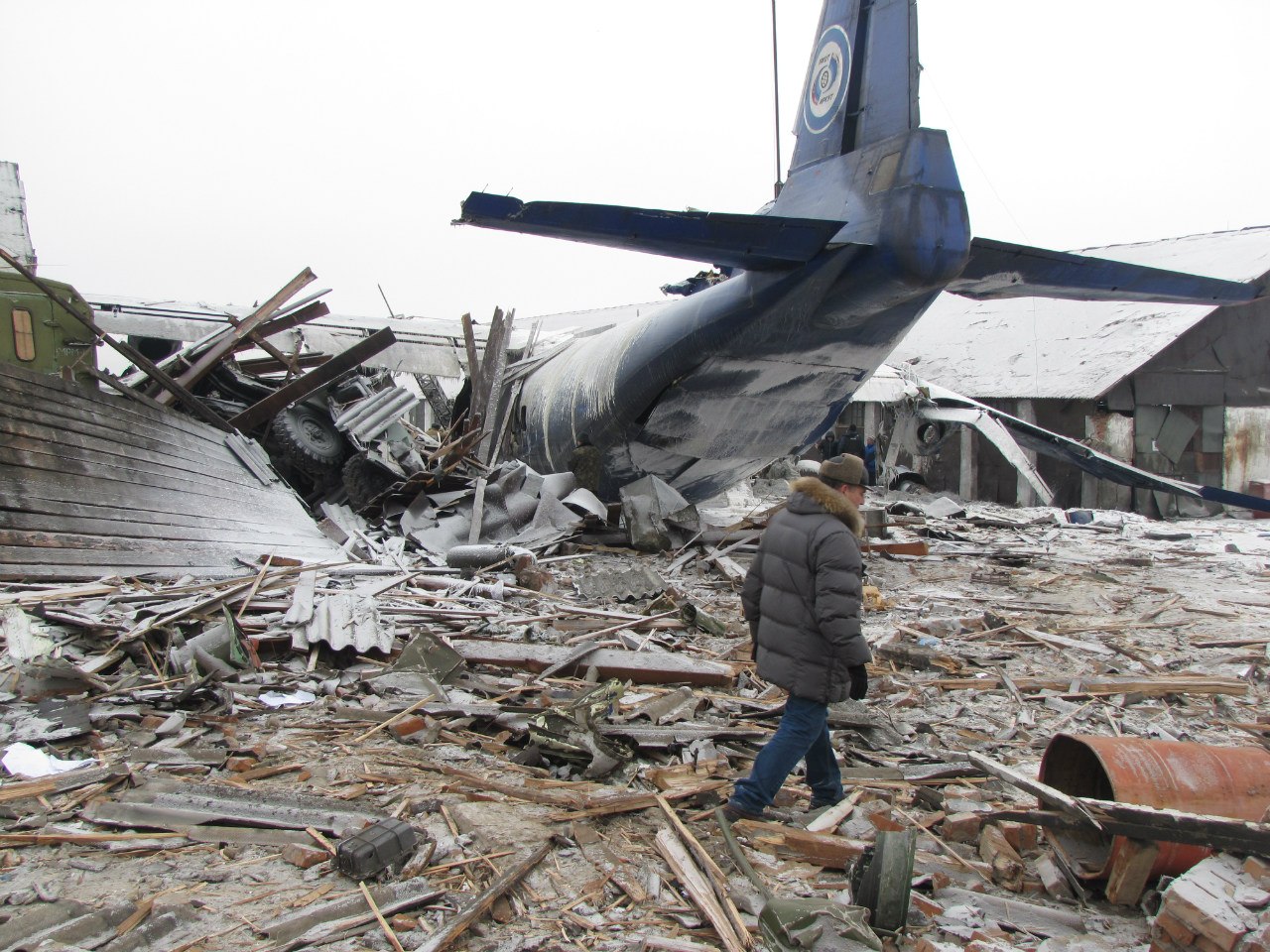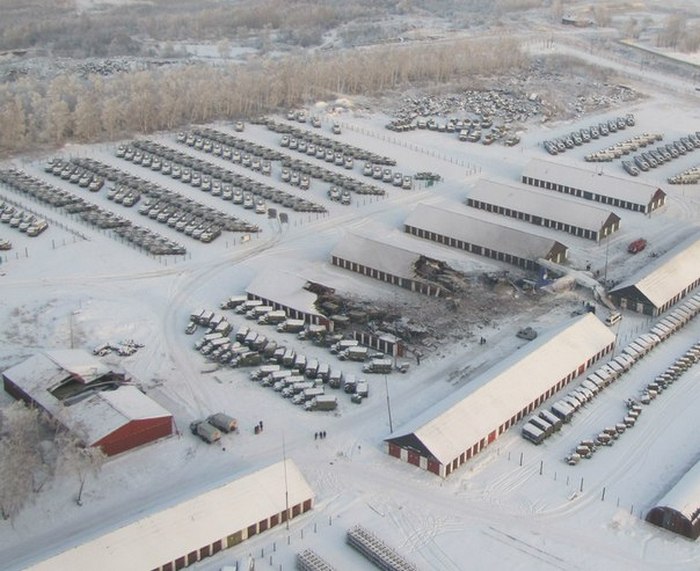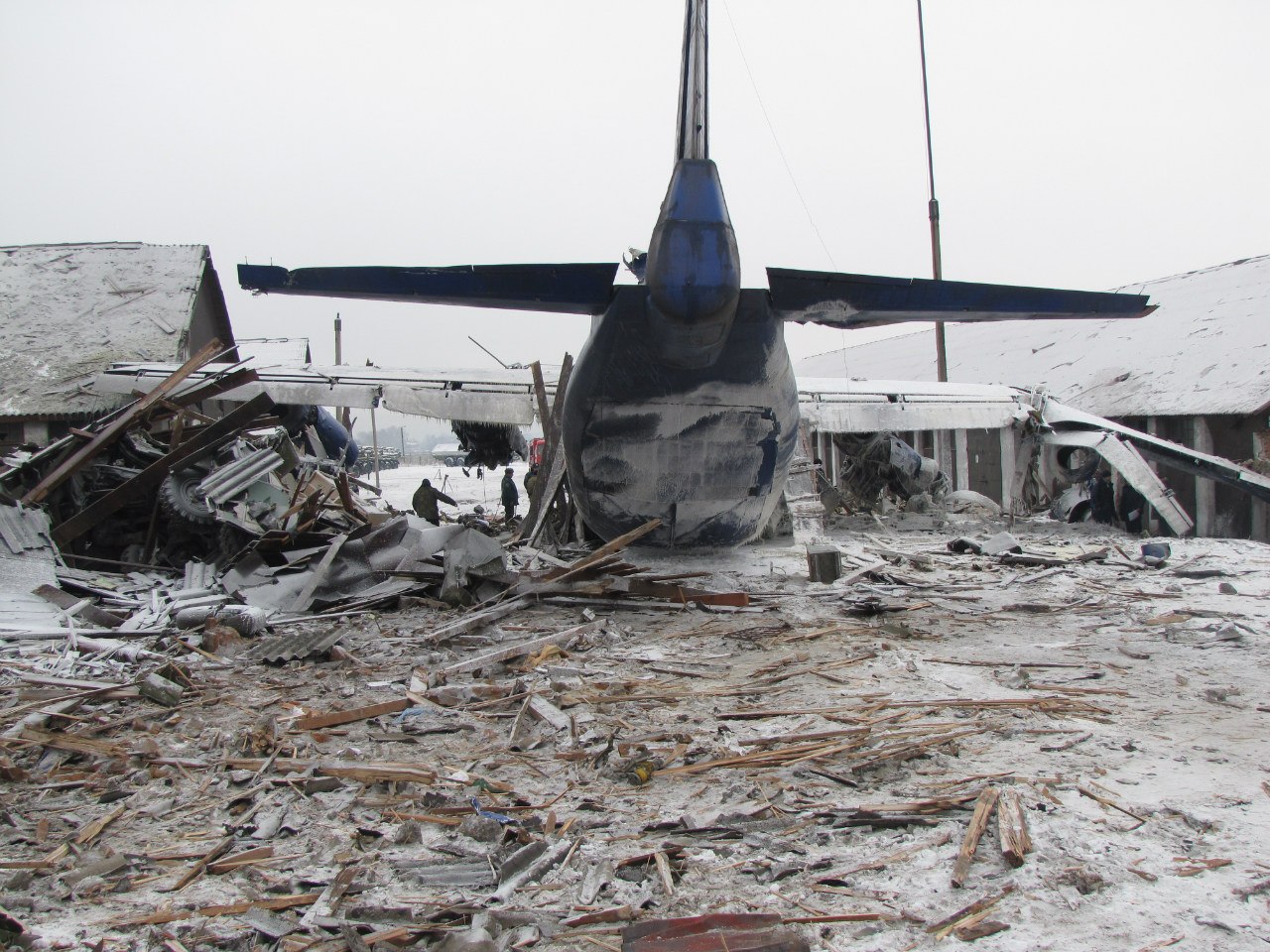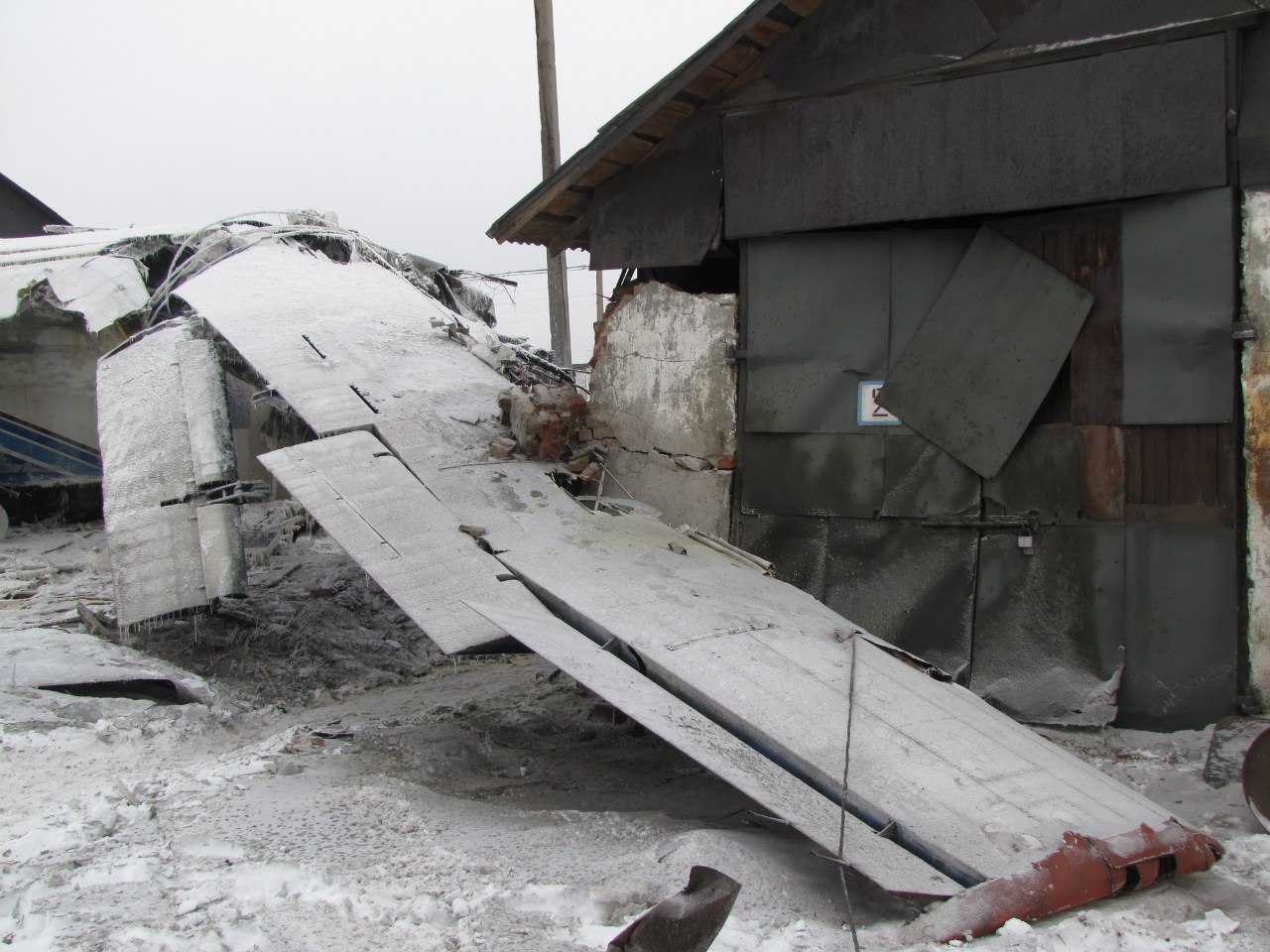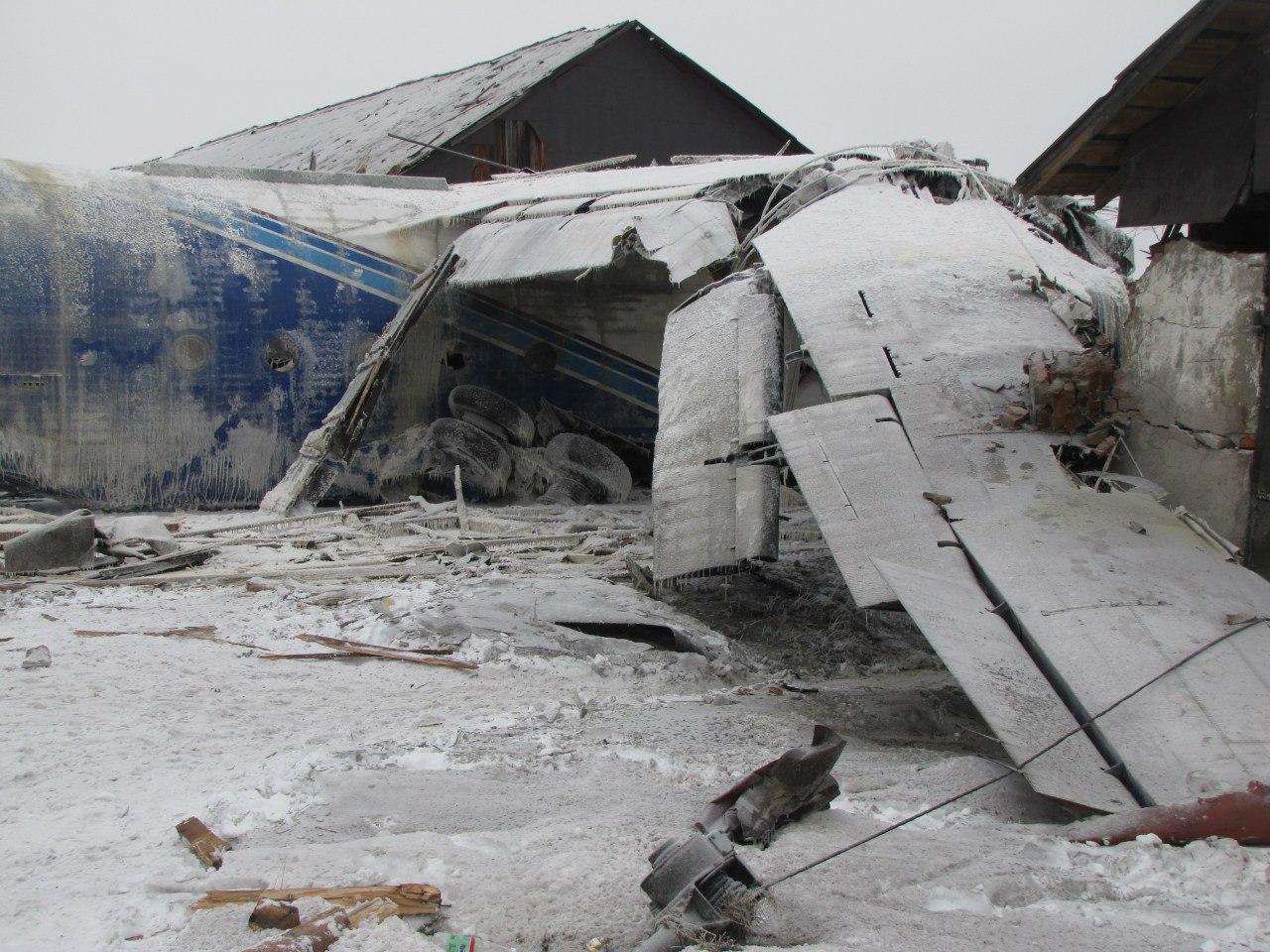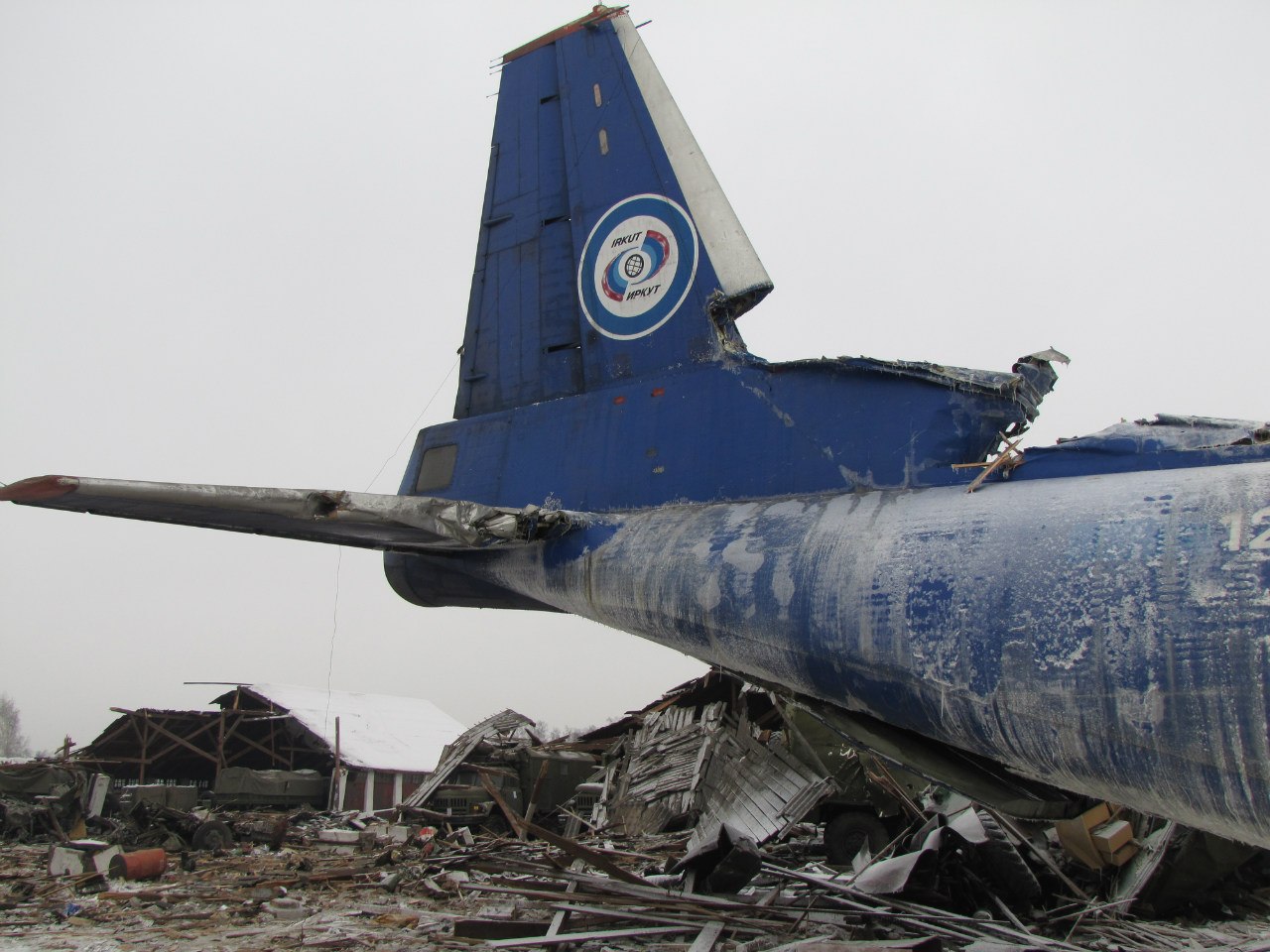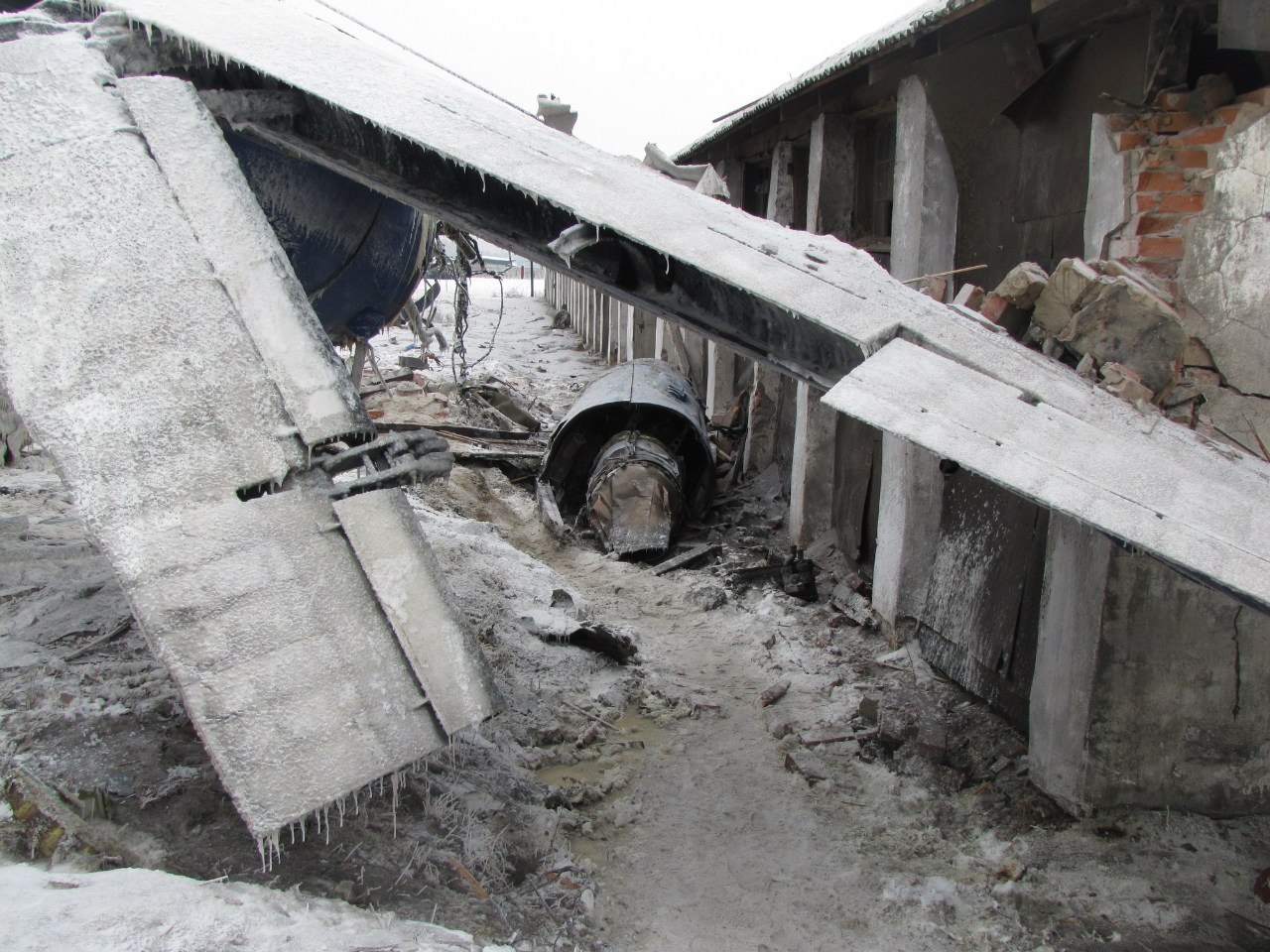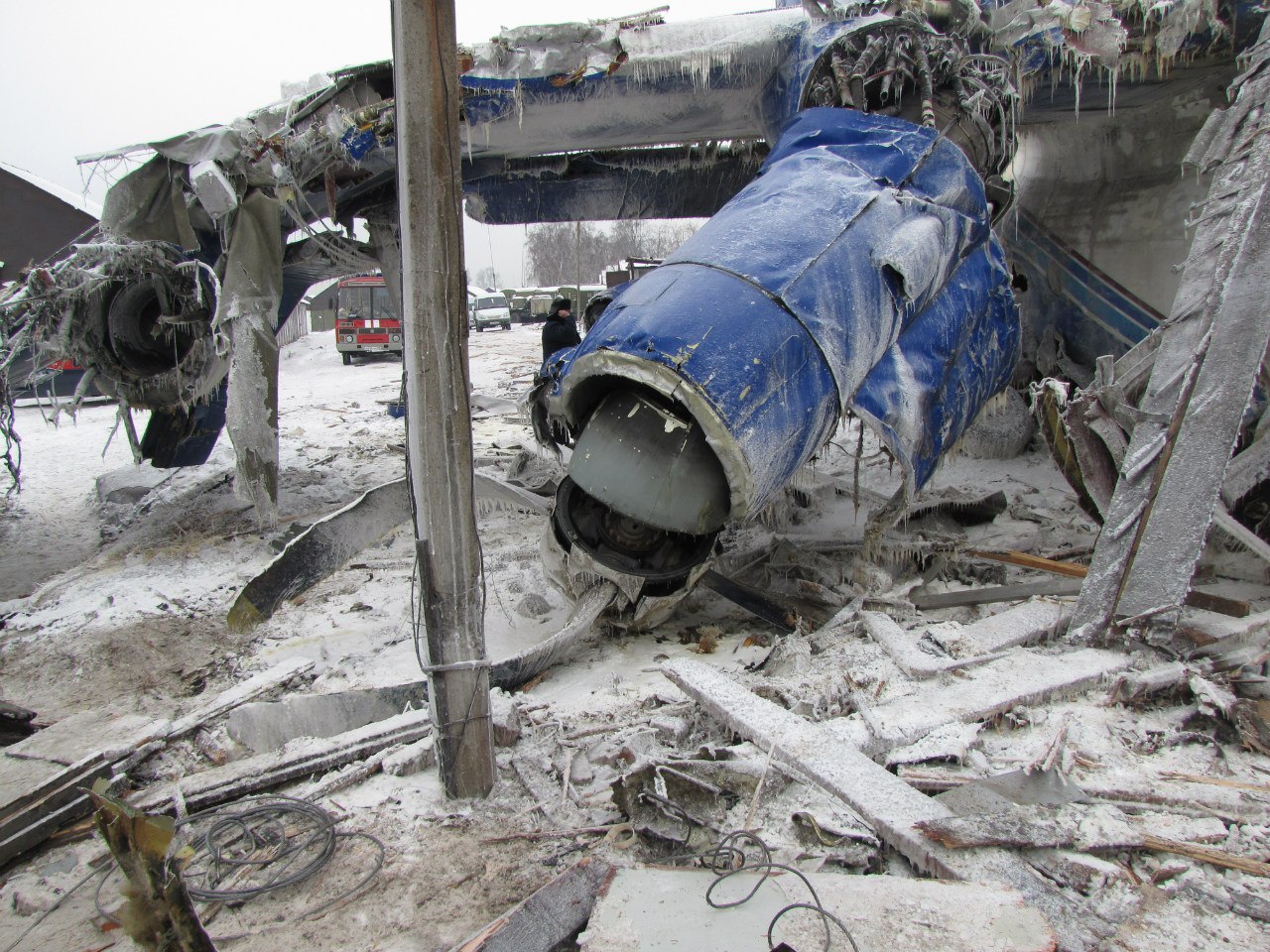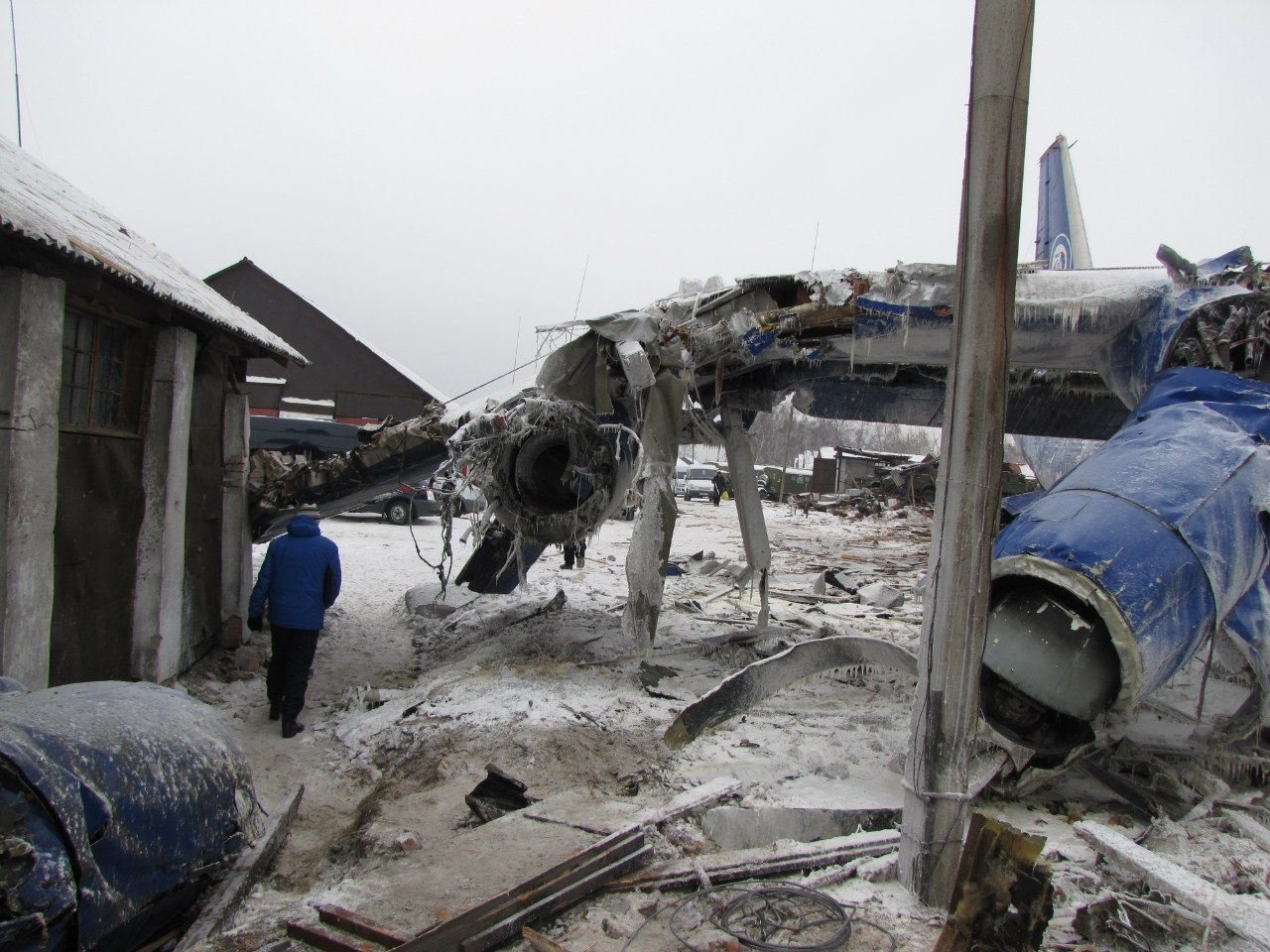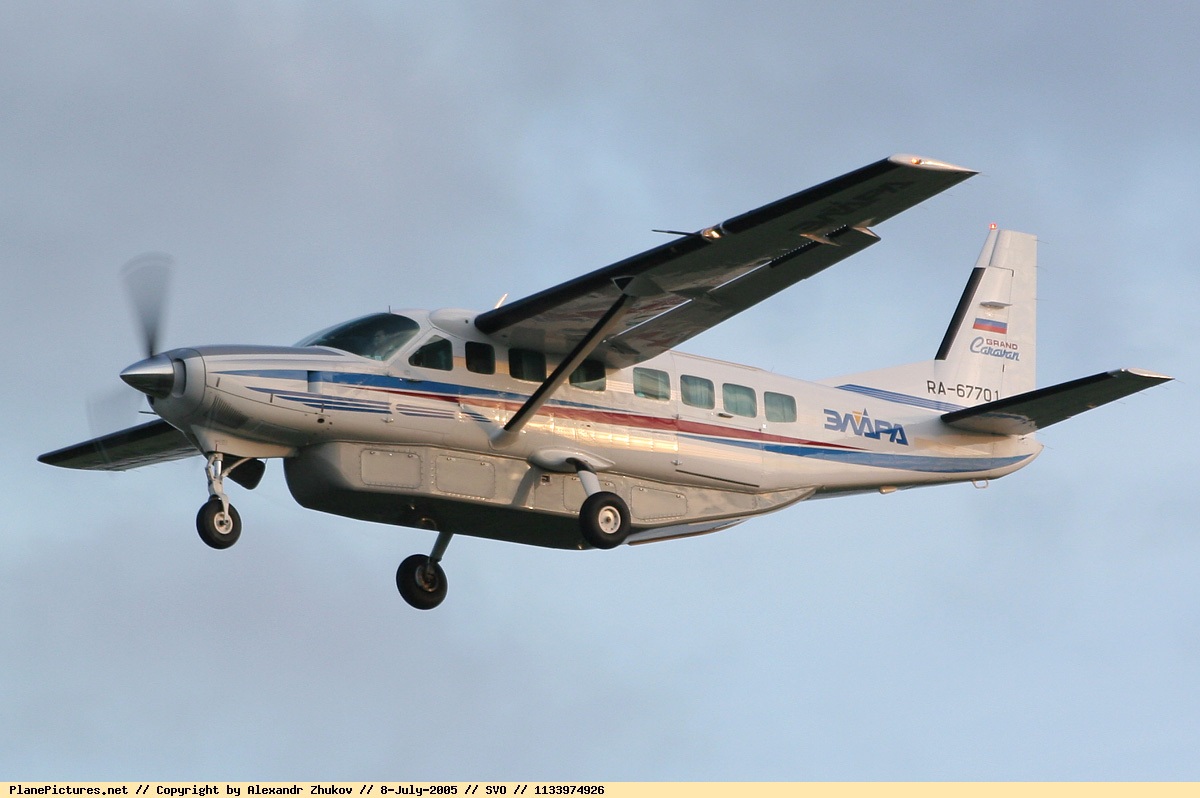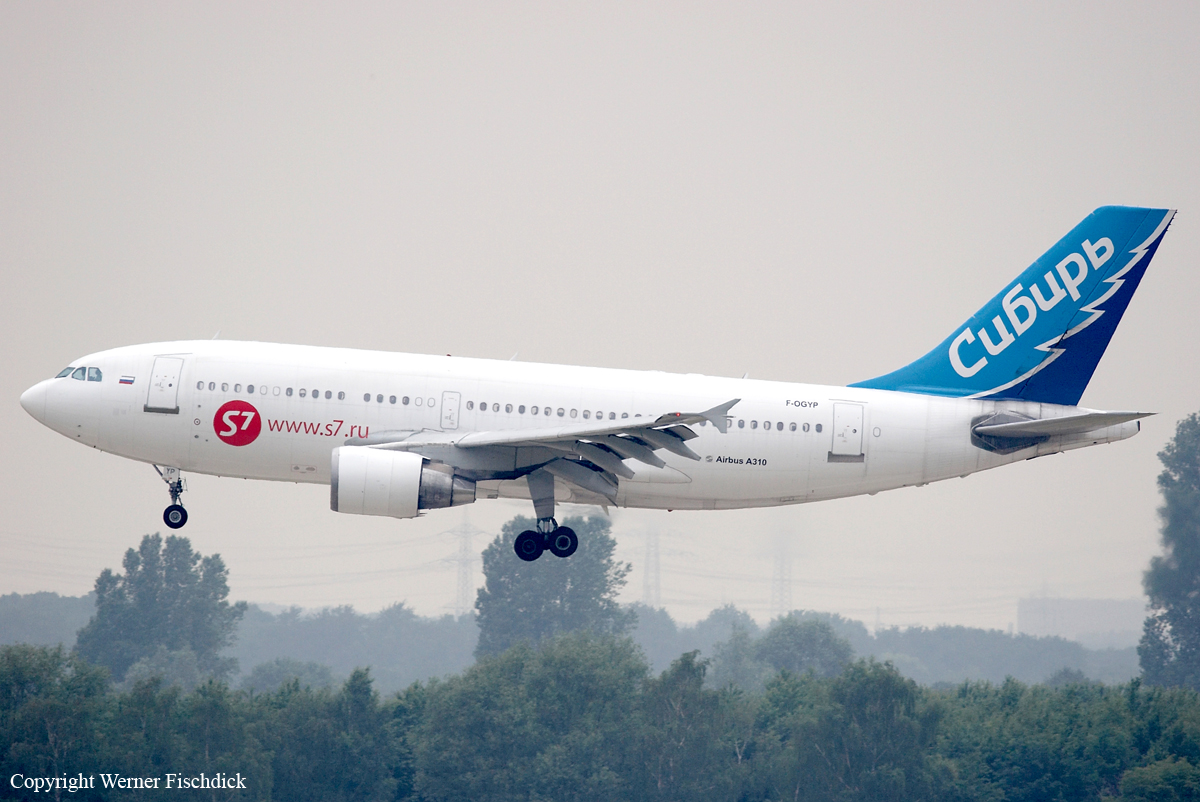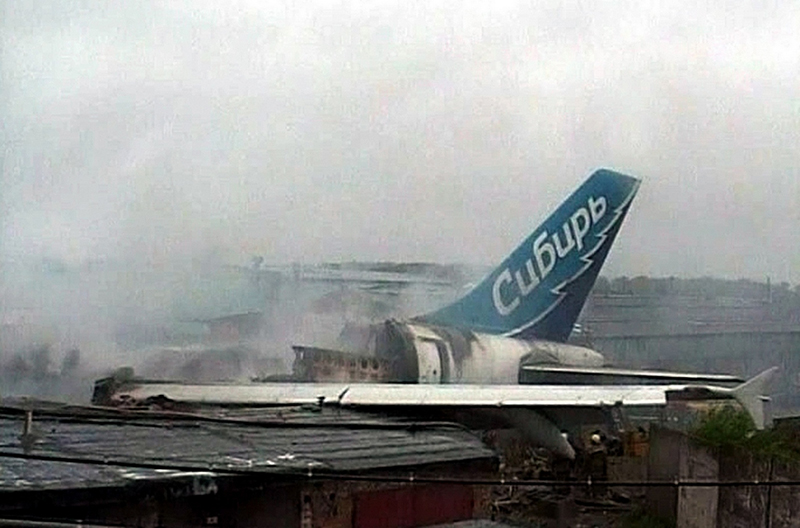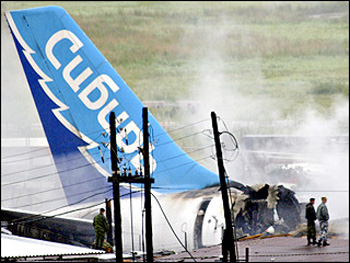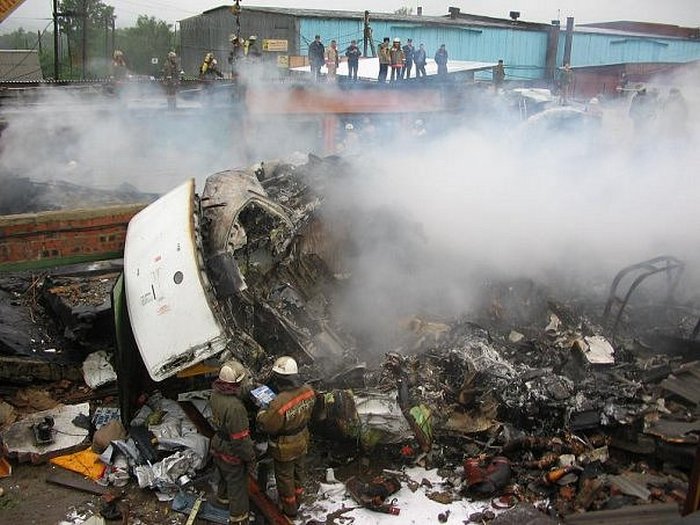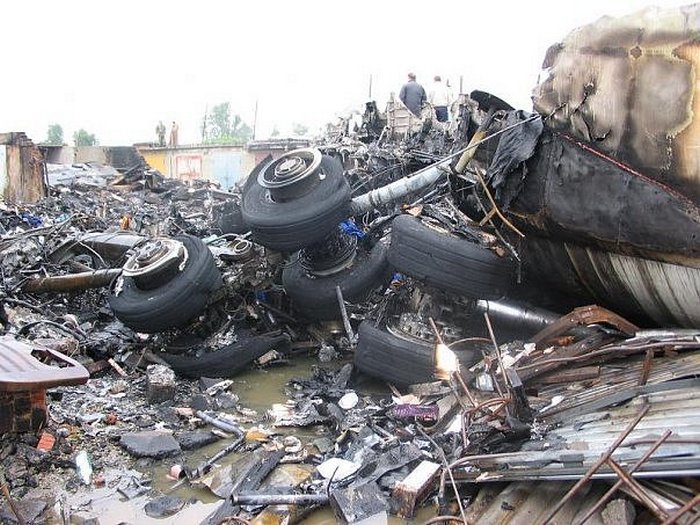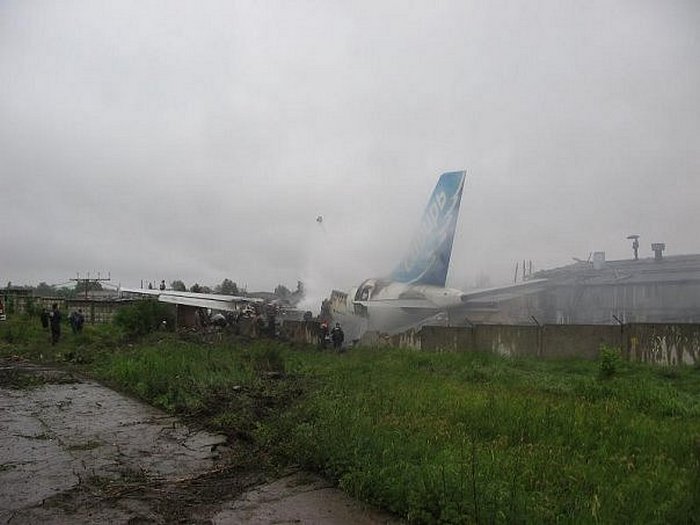Crash of an Antonov AN-12BK in Irkutsk: 9 killed
Date & Time:
Nov 3, 2021 at 1945 LT
Registration:
EW-518TI
Survivors:
No
Schedule:
Yakutsk - Irkutsk
MSN:
8 34 61 07
YOM:
1968
Flight number:
GRX1252
Crew on board:
5
Crew fatalities:
Pax on board:
4
Pax fatalities:
Other fatalities:
Total fatalities:
9
Captain / Total hours on type:
10214.00
Copilot / Total hours on type:
3899
Aircraft flight hours:
13750
Circumstances:
Following an uneventful flight from Yakutsk, the crew started a night descent to Irkutsk-Intl Airport. The airplane was carrying four passengers, five crew members and a load of consisting of foods. On approach, the crew was instructed to contact tower and one minute later, was cleared to land on runway 30. At that time, the visibility was limited due the night and snow falls. Unable to establish a visual contact with the ground, the captain decided to initiate a go around procedure. Shortly later, the airplane contacted trees and crashed in a dense wooded area located 3 km short of runway, bursting into flames. The airplane was totally destroyed by impact forces and a post crash fire and all nine occupants were killed.
Probable cause:
The accident occurred during a night landing in instrument flight conditions due to failure to follow the established descent path (premature descent), resulting in a collision with obstacles and a controlled flight into terrain.
The following contributing factors were identified:
- Lack of training for the captain and first officer due to long breaks in their duties.
- Unsatisfactory crew resource management (CRM) by the captain.
- Lack of appropriate interaction within the crew.
- Incorrect setting of the KURSM-2 equipment for actual landing conditions, which resulted in a lack of indication of the aircraft's deviation from its flight path.
- Execution of an approach using a satellite navigation system, which is not provided for in the regulations.
- The operational minimums and crew working technique for such an approach were not defined.
- The approach configuration adopted by the crew reduced their situational awareness and led to a narrowing of the flight picture.
- Errors and inaccuracies in the indication of barometric altitude and flight heading increased the crew's workload.
- Failure to check the stability of the approach and, consequently, failure to comply with the go around procedure due to an unstable approach.
- Premature transition to radio altimeter altitude control (premature descent).
- Failure to comply with published procedures for the go around maneuver.
- Lack of visual contact with the ground.
- Distraction due to “searching for the ground”.
- A period of 19 seconds elapsed between the decision to initiate the go around maneuver and the action to increase altitude.
- The ground proximity warning system alarm did not activate for reasons that investigations were unable to determine.
The following contributing factors were identified:
- Lack of training for the captain and first officer due to long breaks in their duties.
- Unsatisfactory crew resource management (CRM) by the captain.
- Lack of appropriate interaction within the crew.
- Incorrect setting of the KURSM-2 equipment for actual landing conditions, which resulted in a lack of indication of the aircraft's deviation from its flight path.
- Execution of an approach using a satellite navigation system, which is not provided for in the regulations.
- The operational minimums and crew working technique for such an approach were not defined.
- The approach configuration adopted by the crew reduced their situational awareness and led to a narrowing of the flight picture.
- Errors and inaccuracies in the indication of barometric altitude and flight heading increased the crew's workload.
- Failure to check the stability of the approach and, consequently, failure to comply with the go around procedure due to an unstable approach.
- Premature transition to radio altimeter altitude control (premature descent).
- Failure to comply with published procedures for the go around maneuver.
- Lack of visual contact with the ground.
- Distraction due to “searching for the ground”.
- A period of 19 seconds elapsed between the decision to initiate the go around maneuver and the action to increase altitude.
- The ground proximity warning system alarm did not activate for reasons that investigations were unable to determine.
Final Report:


